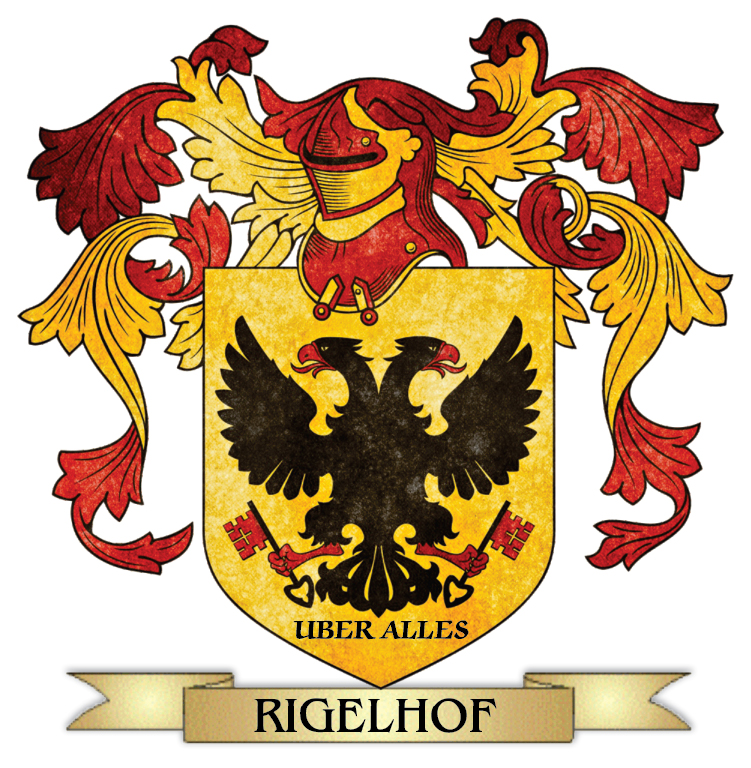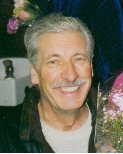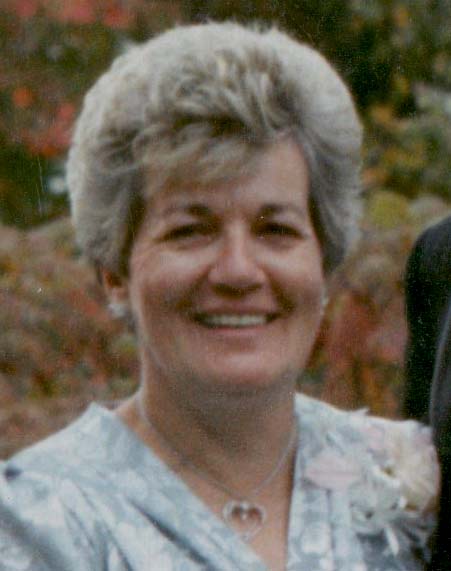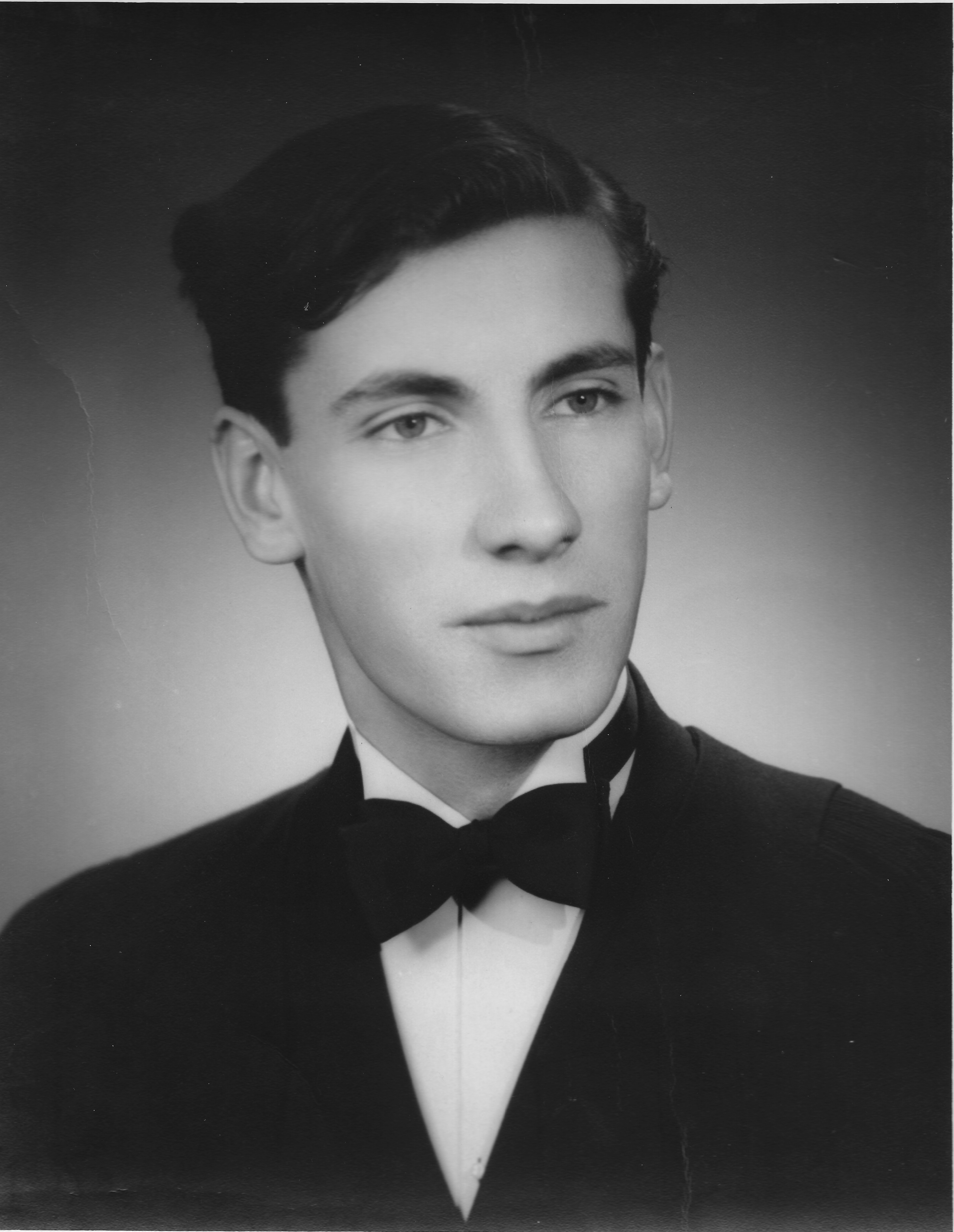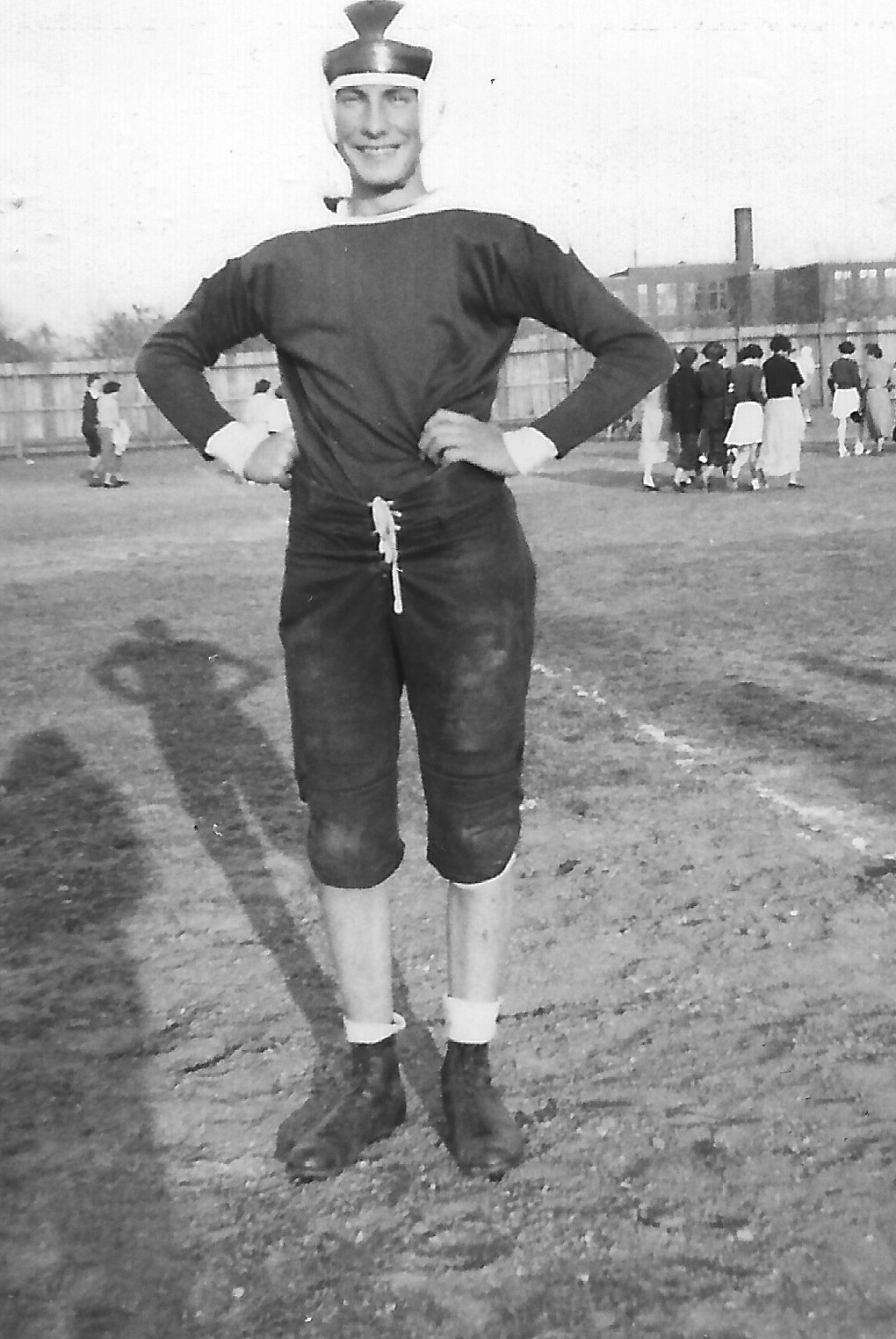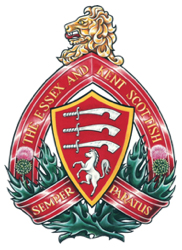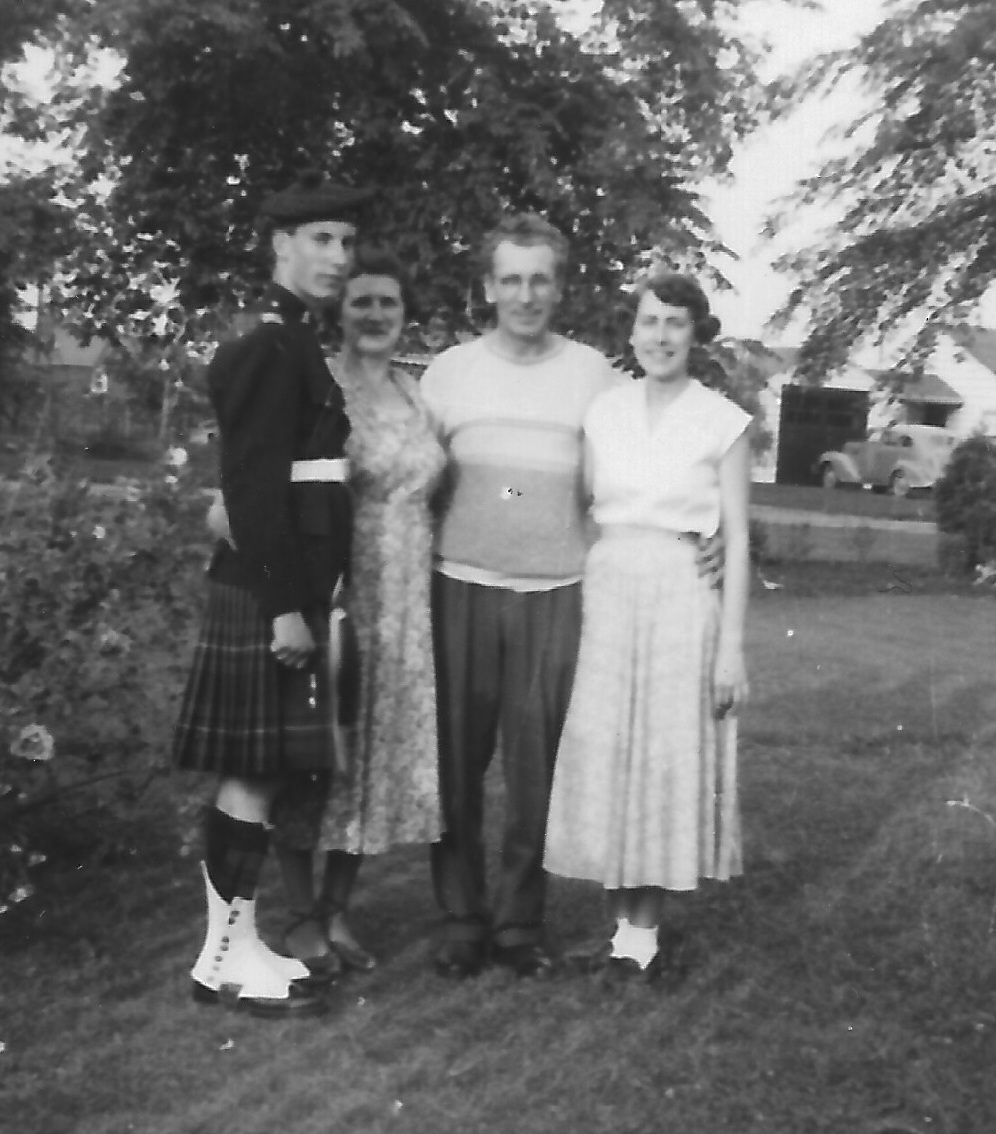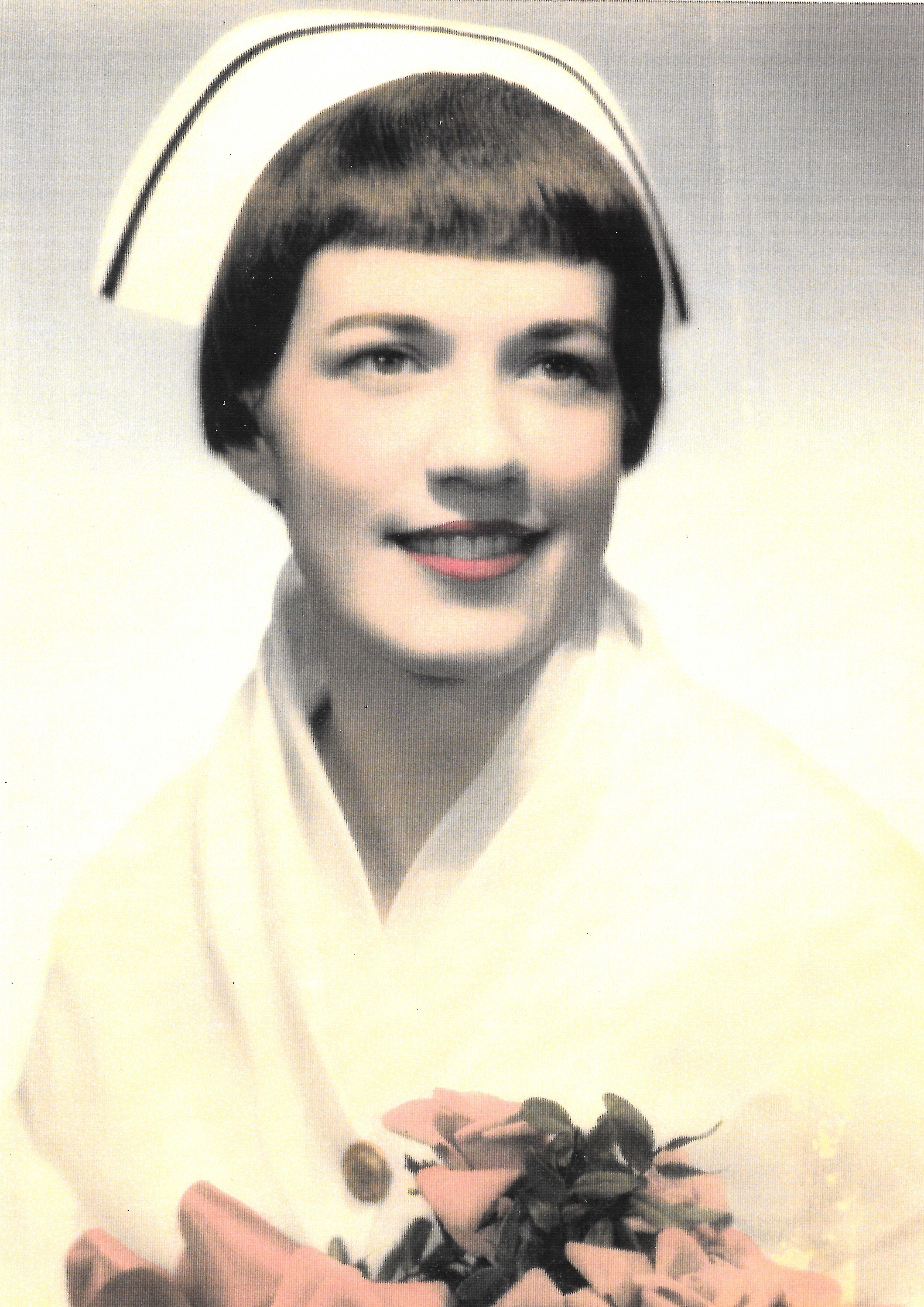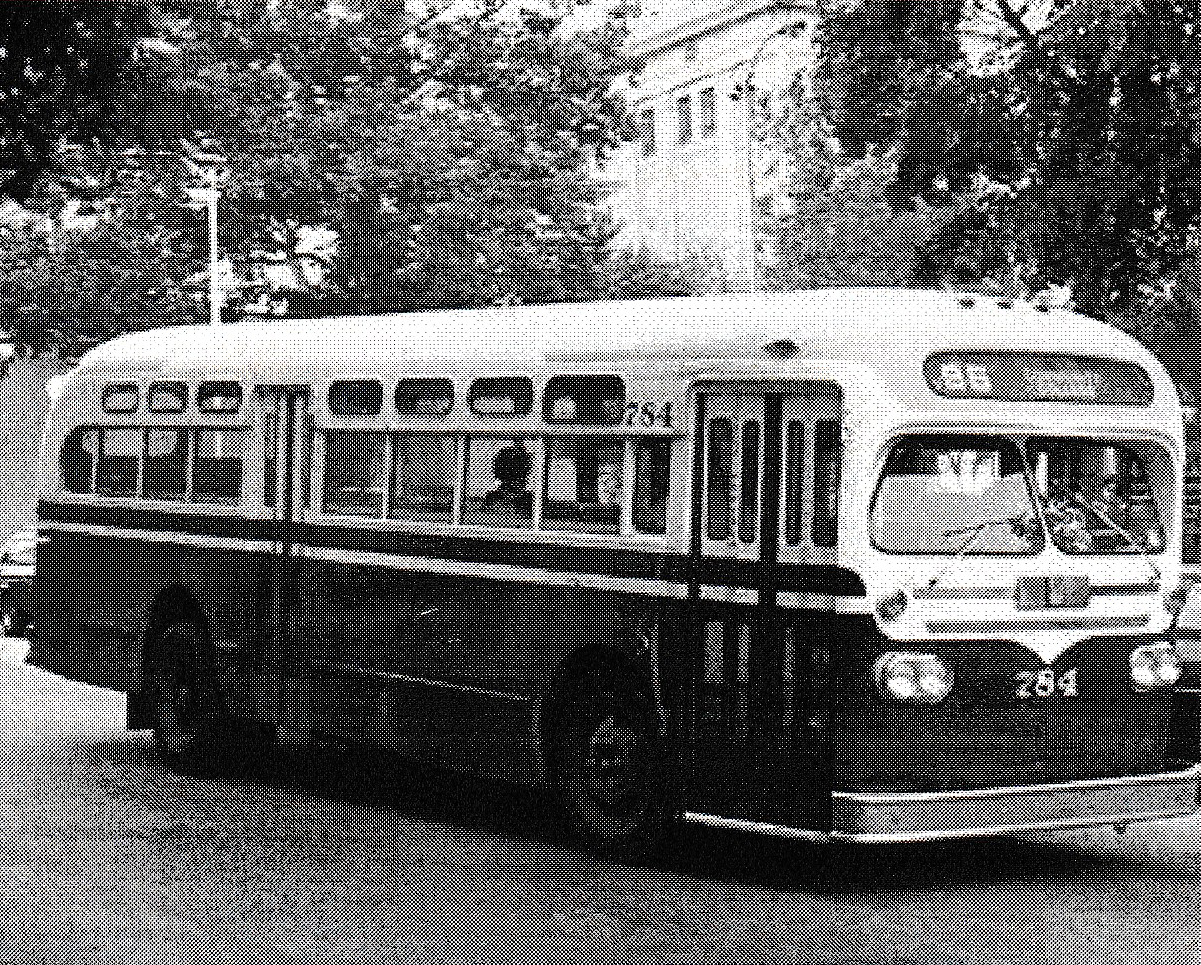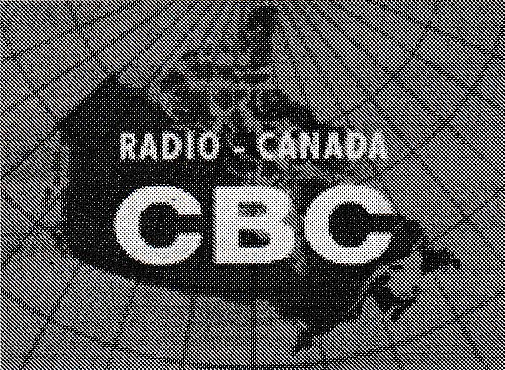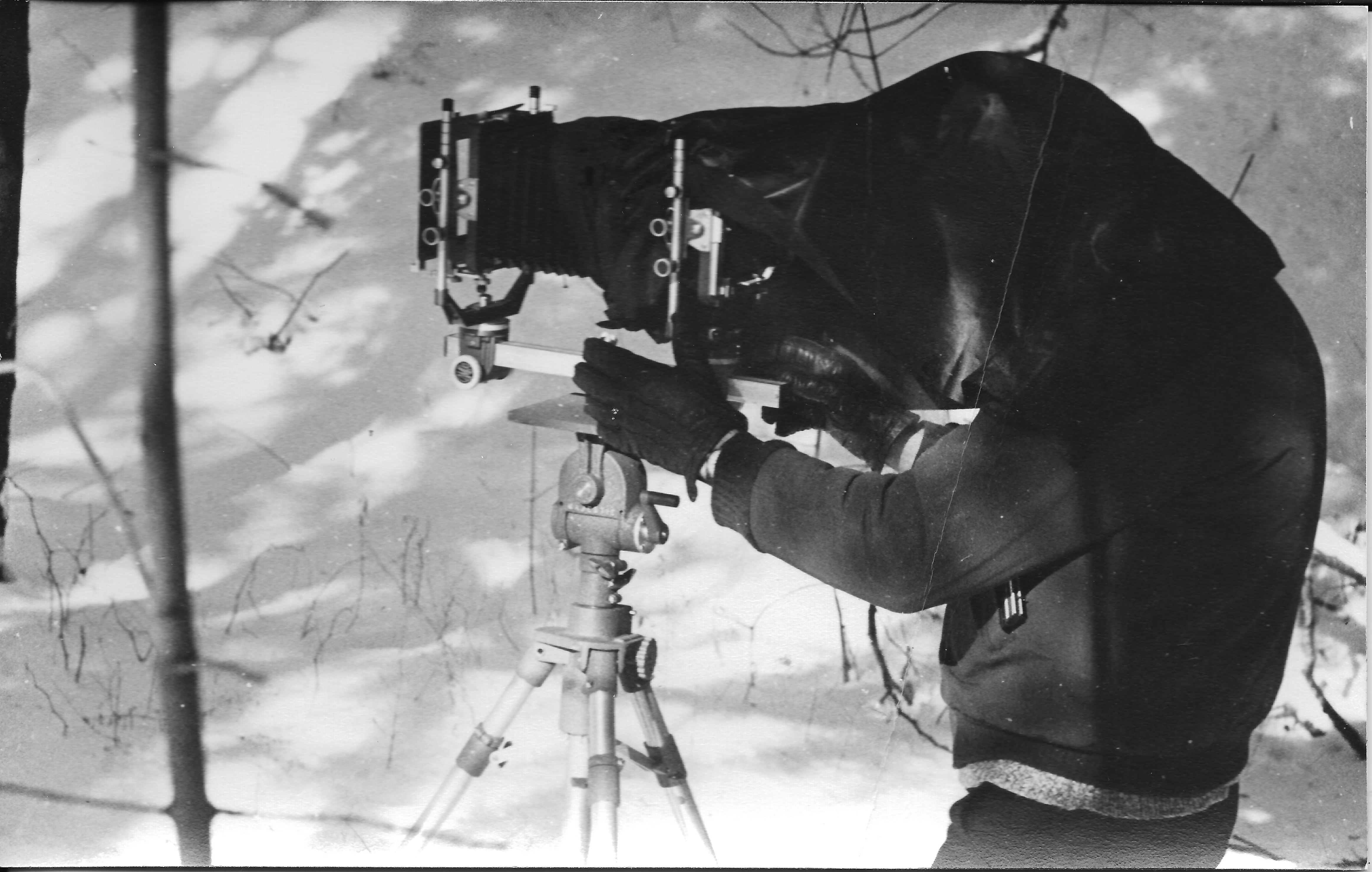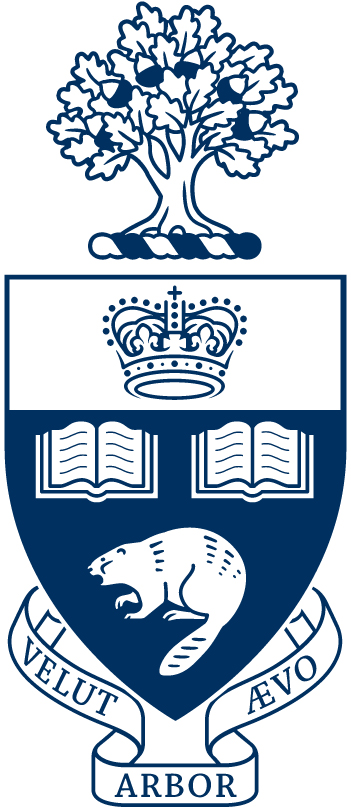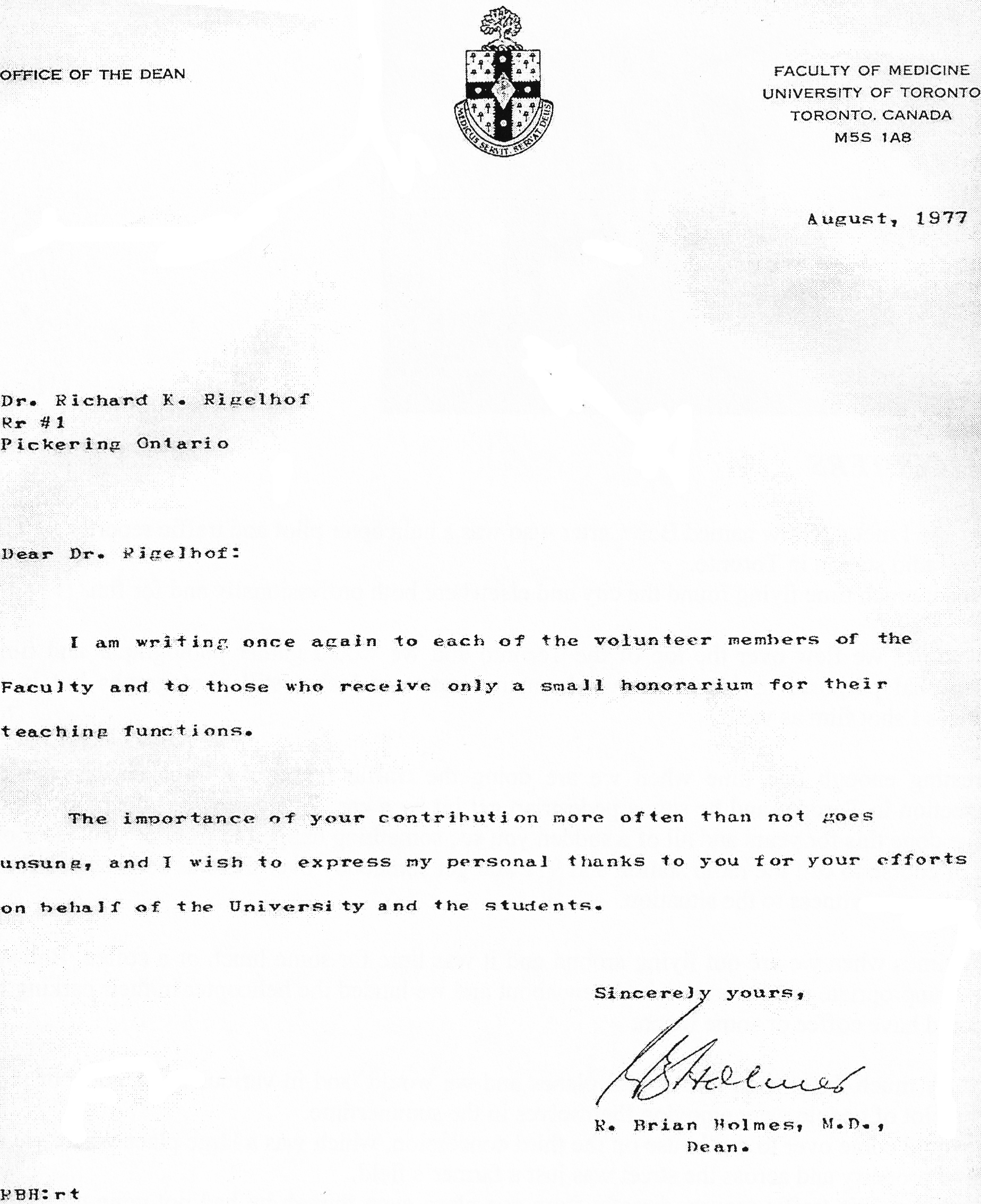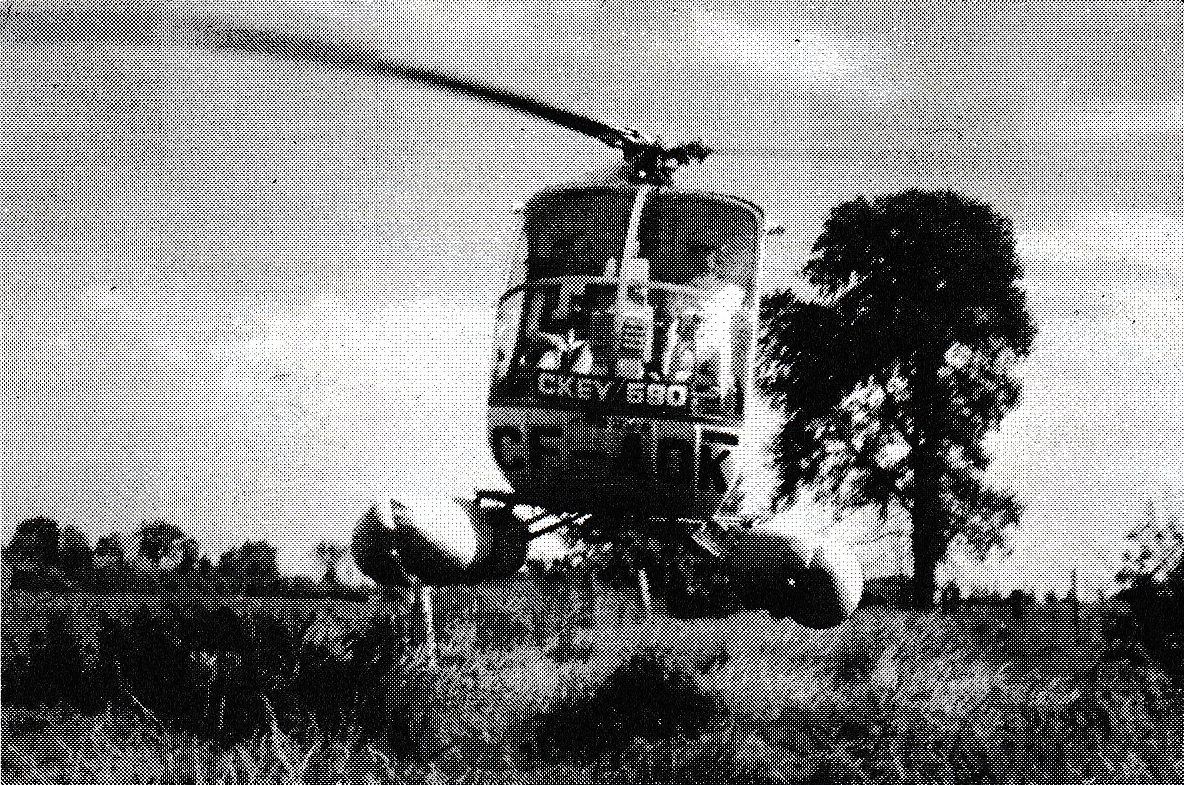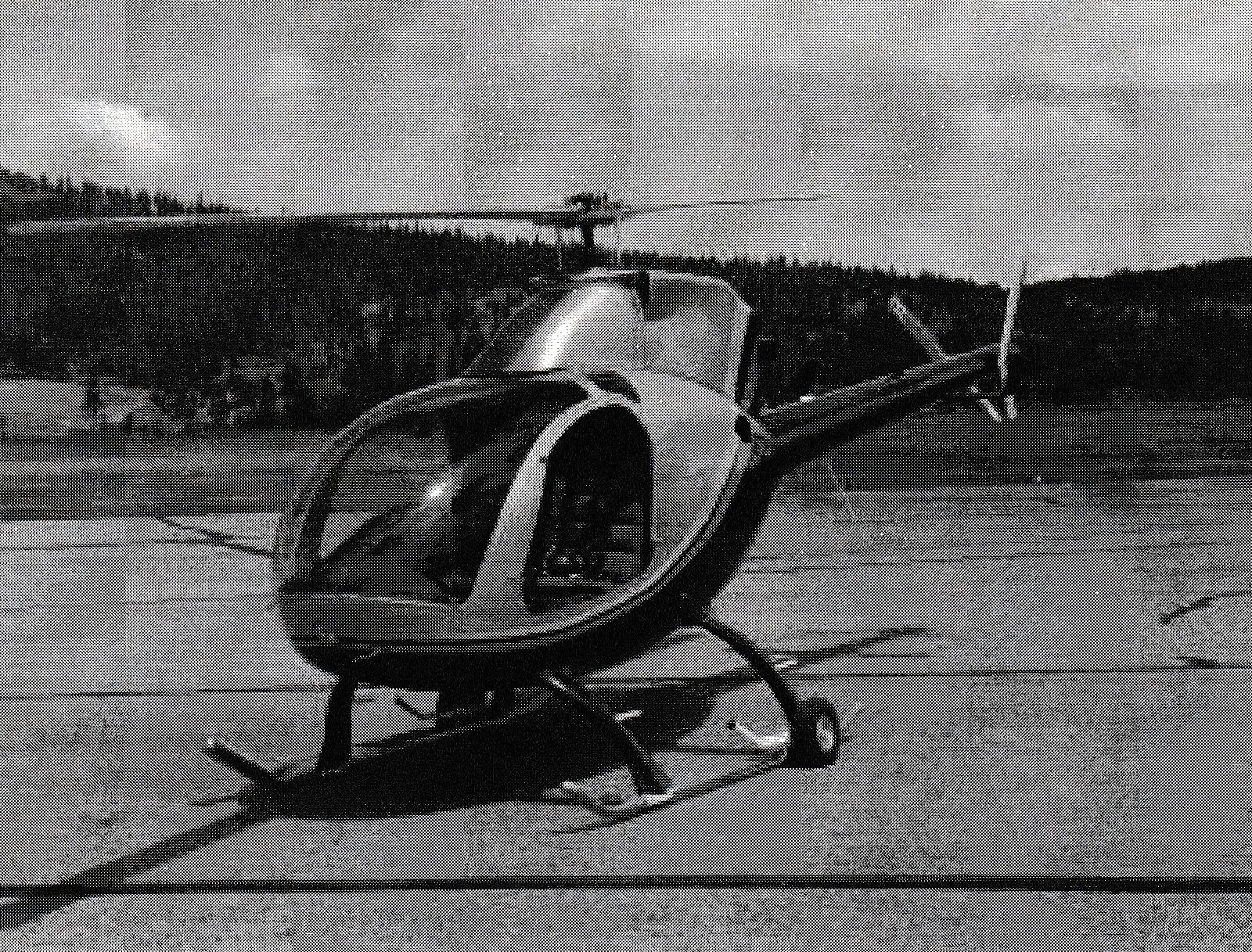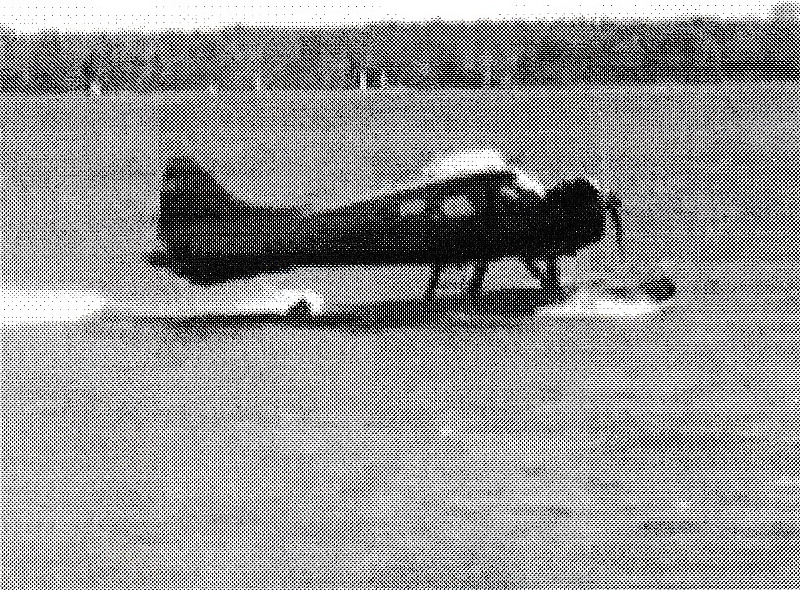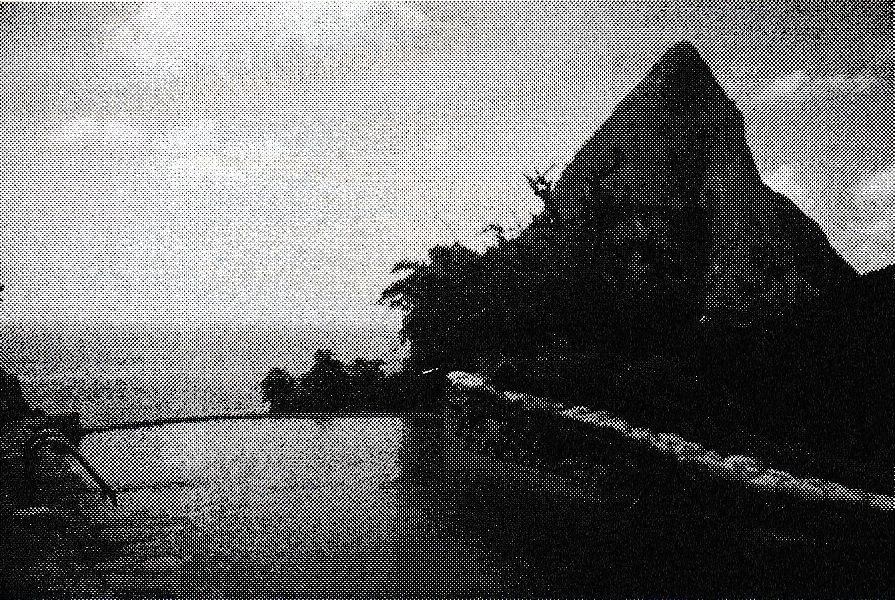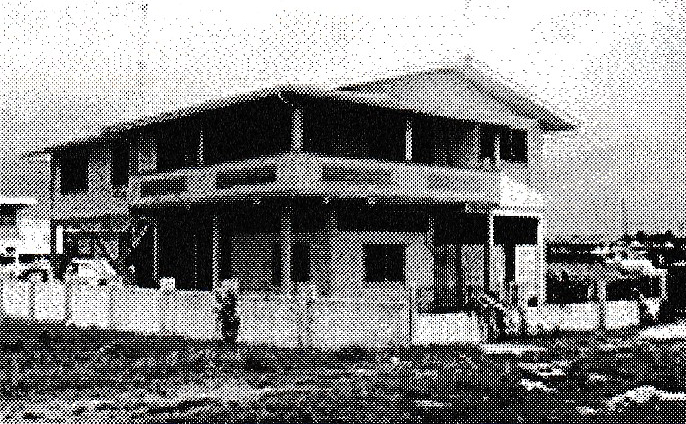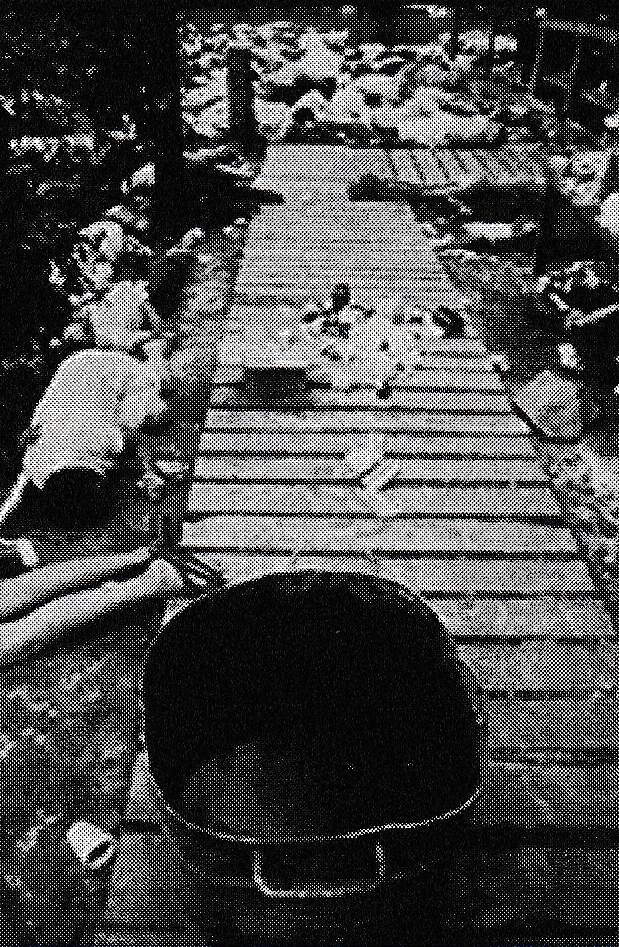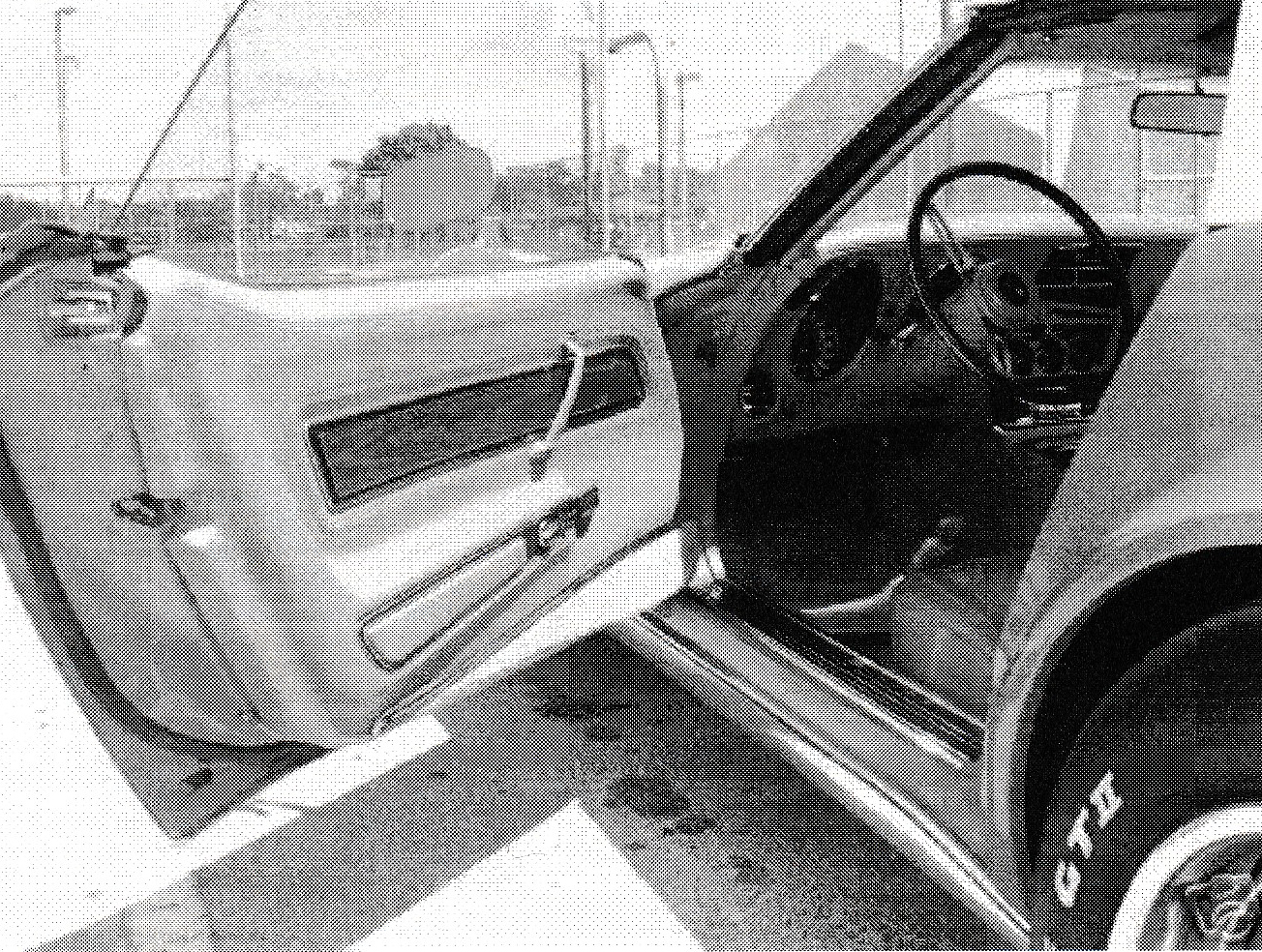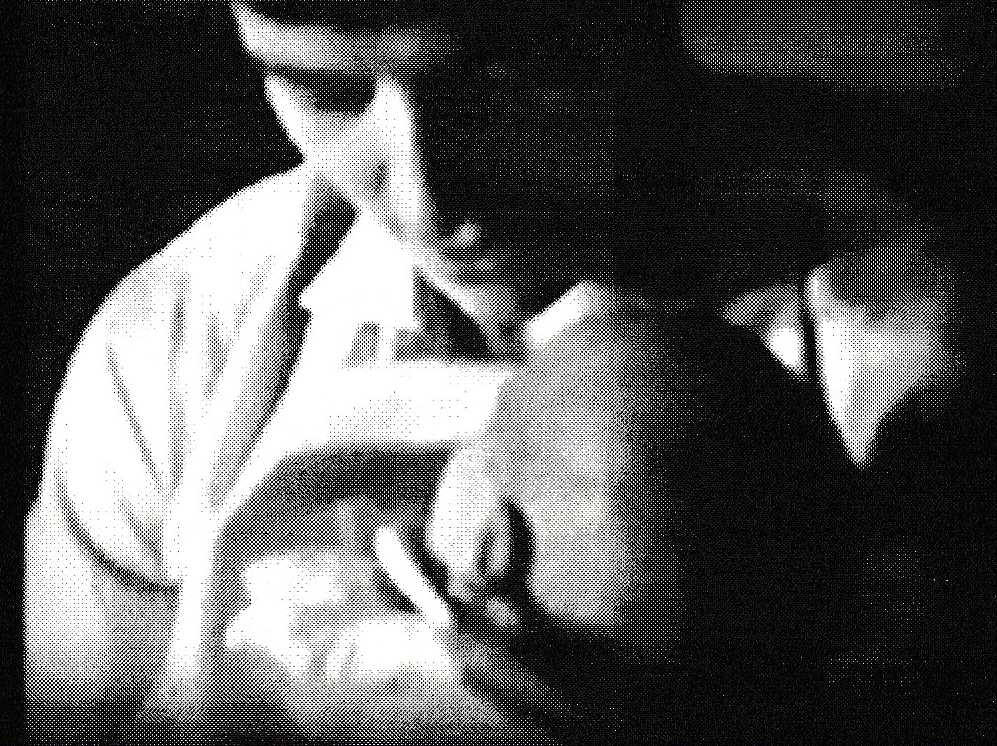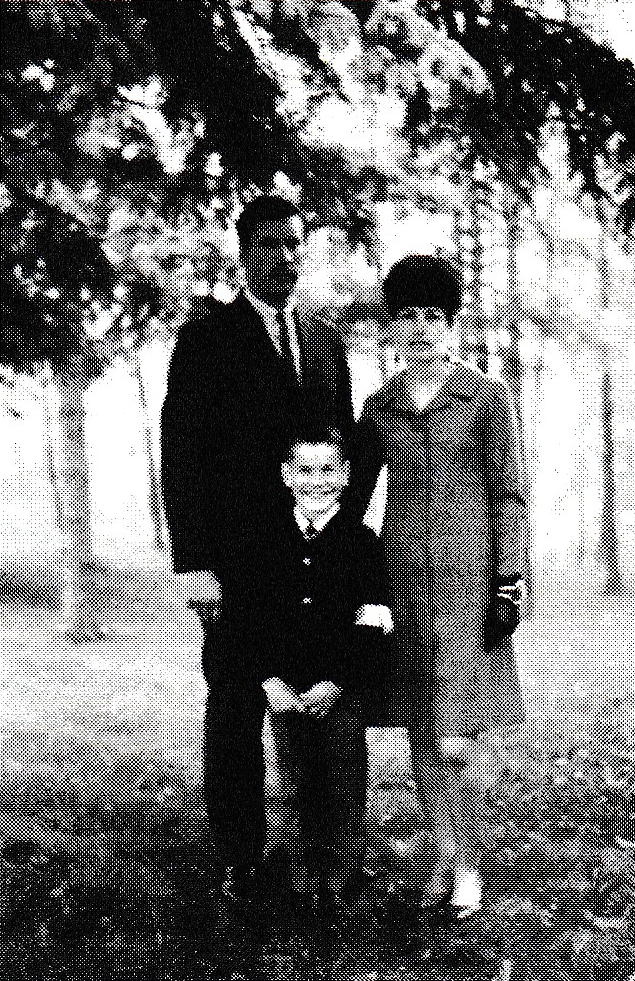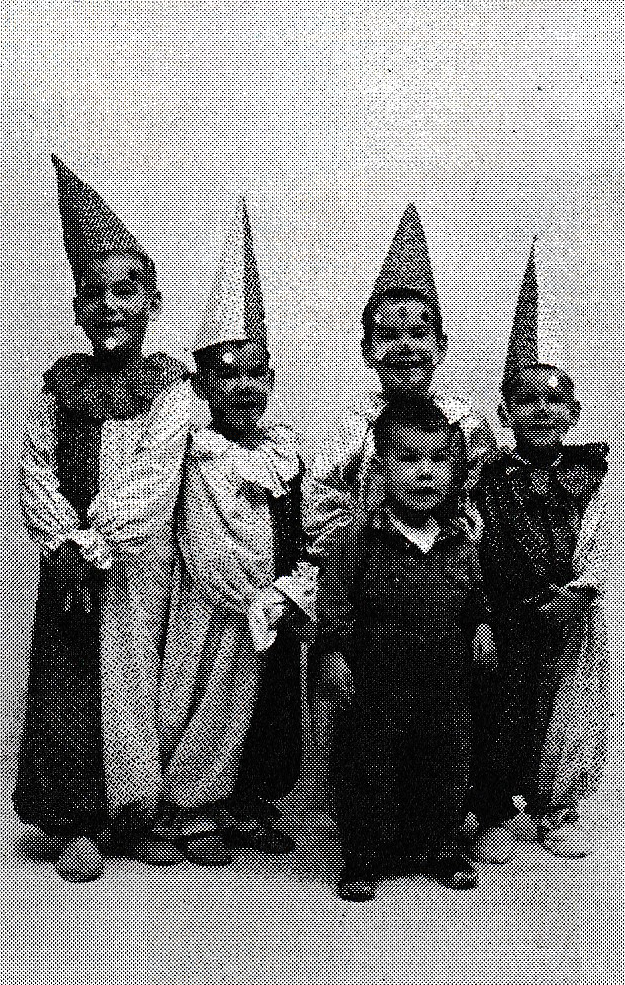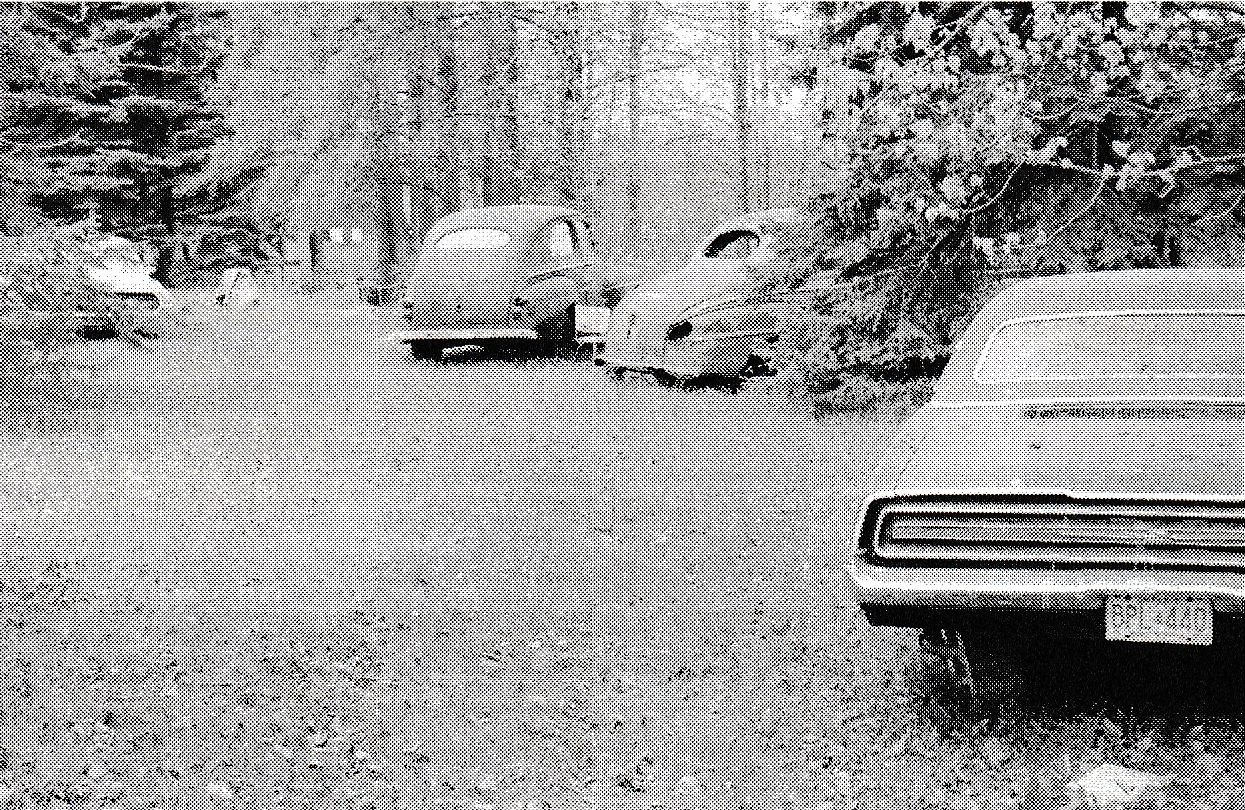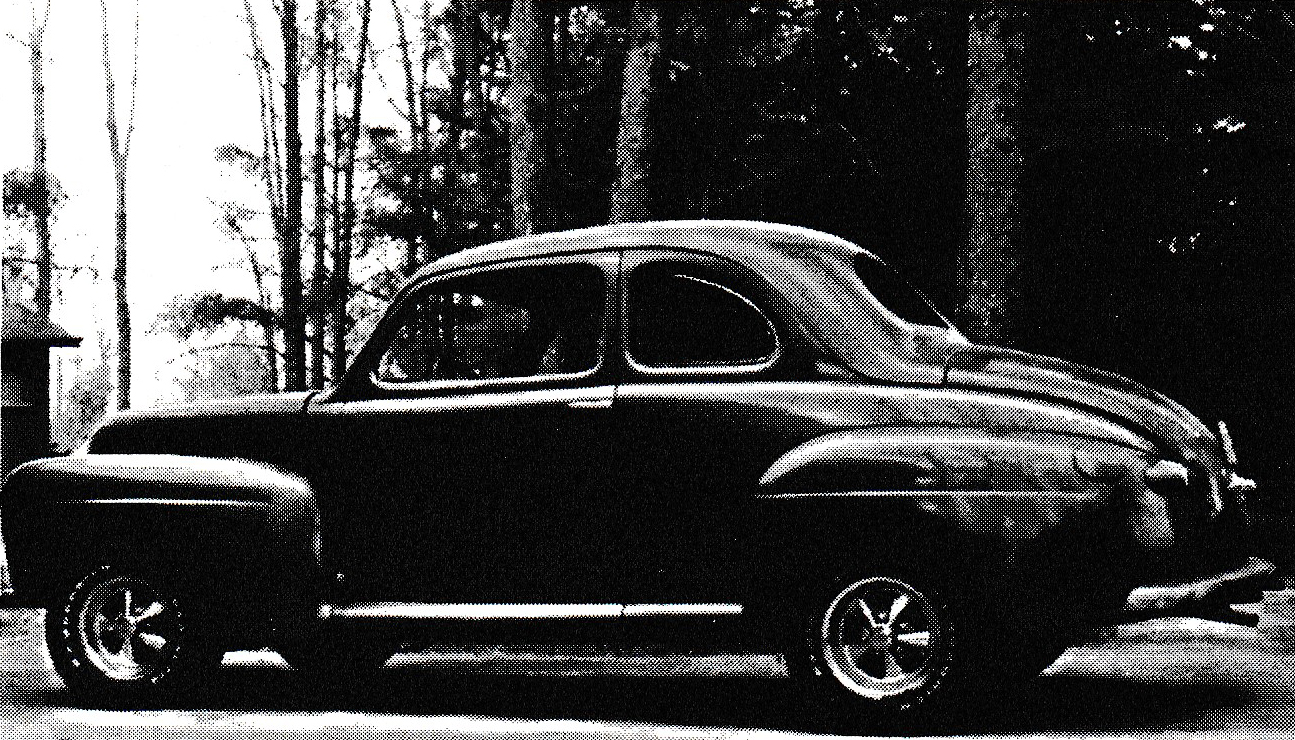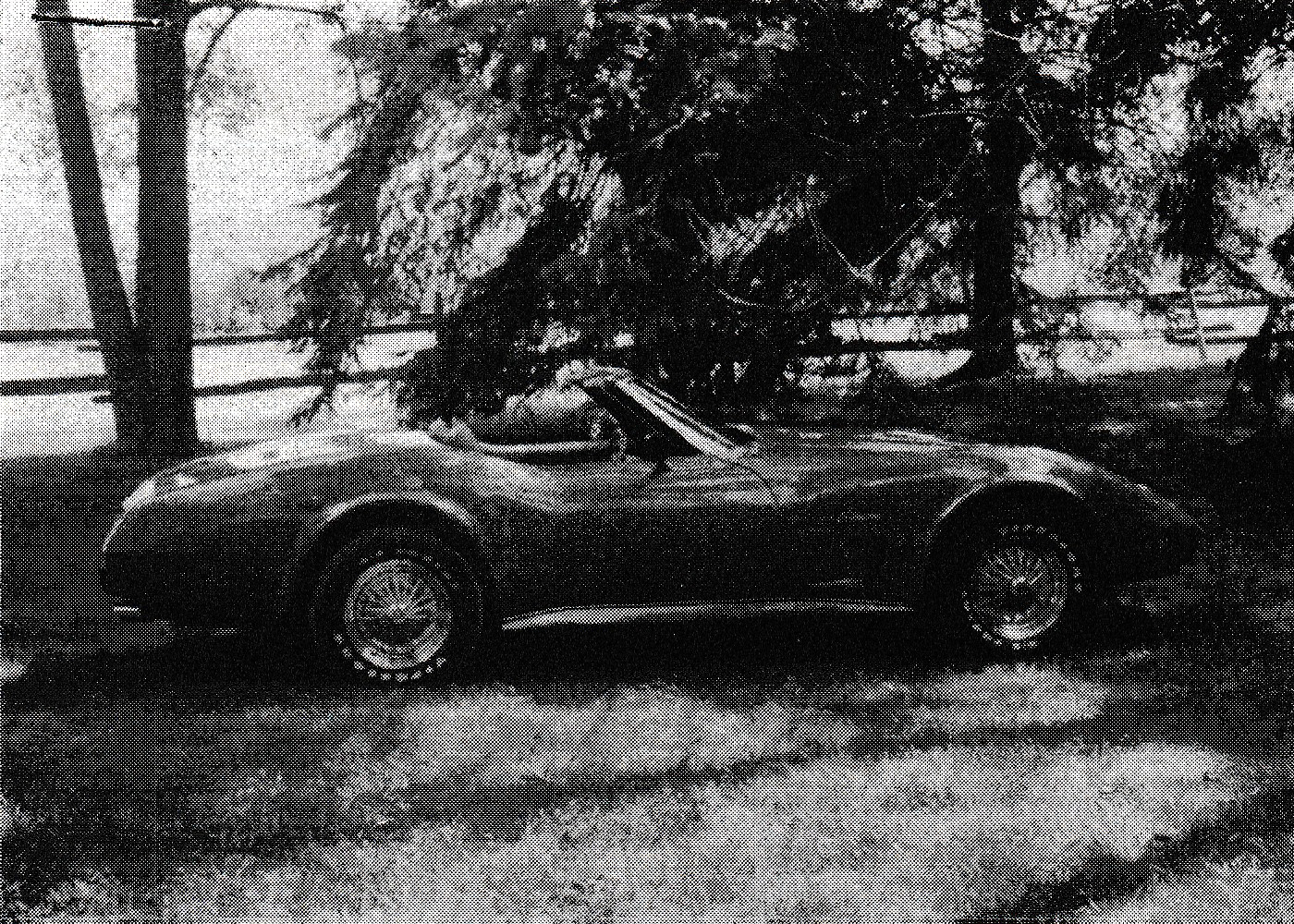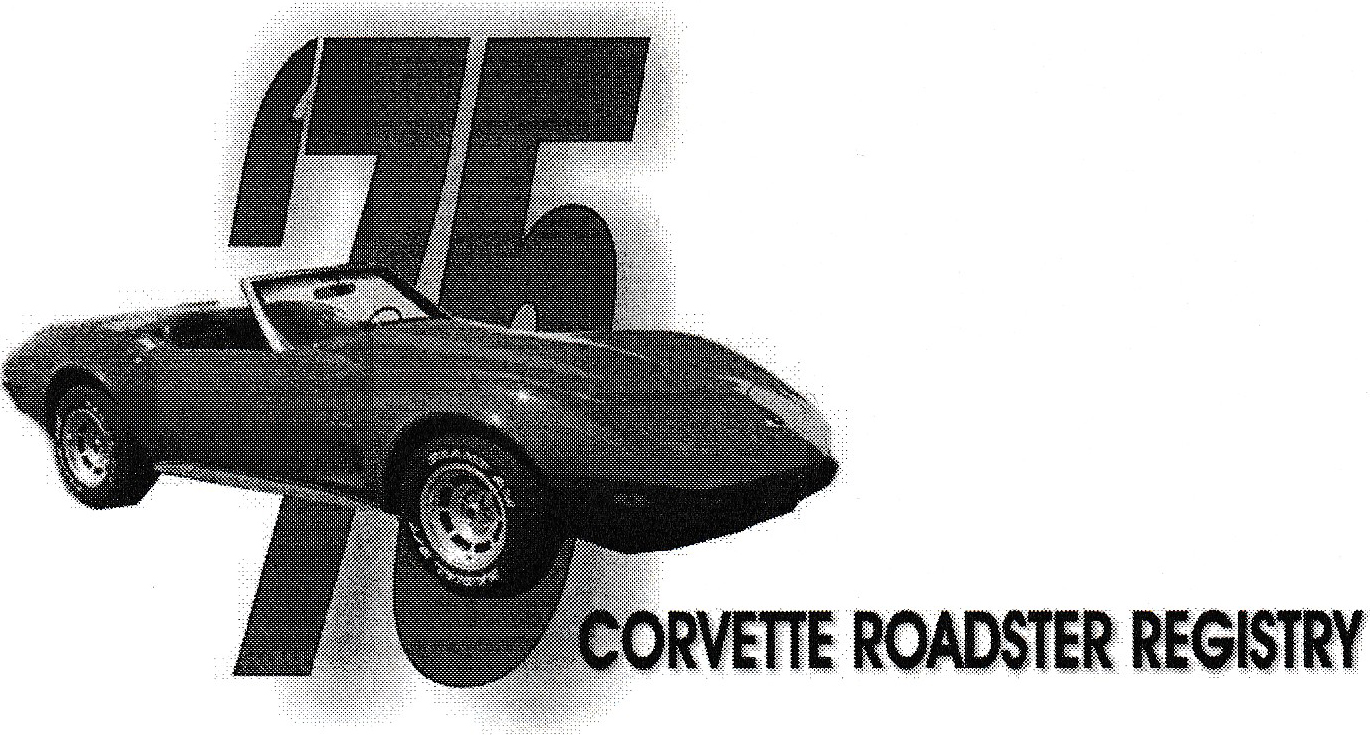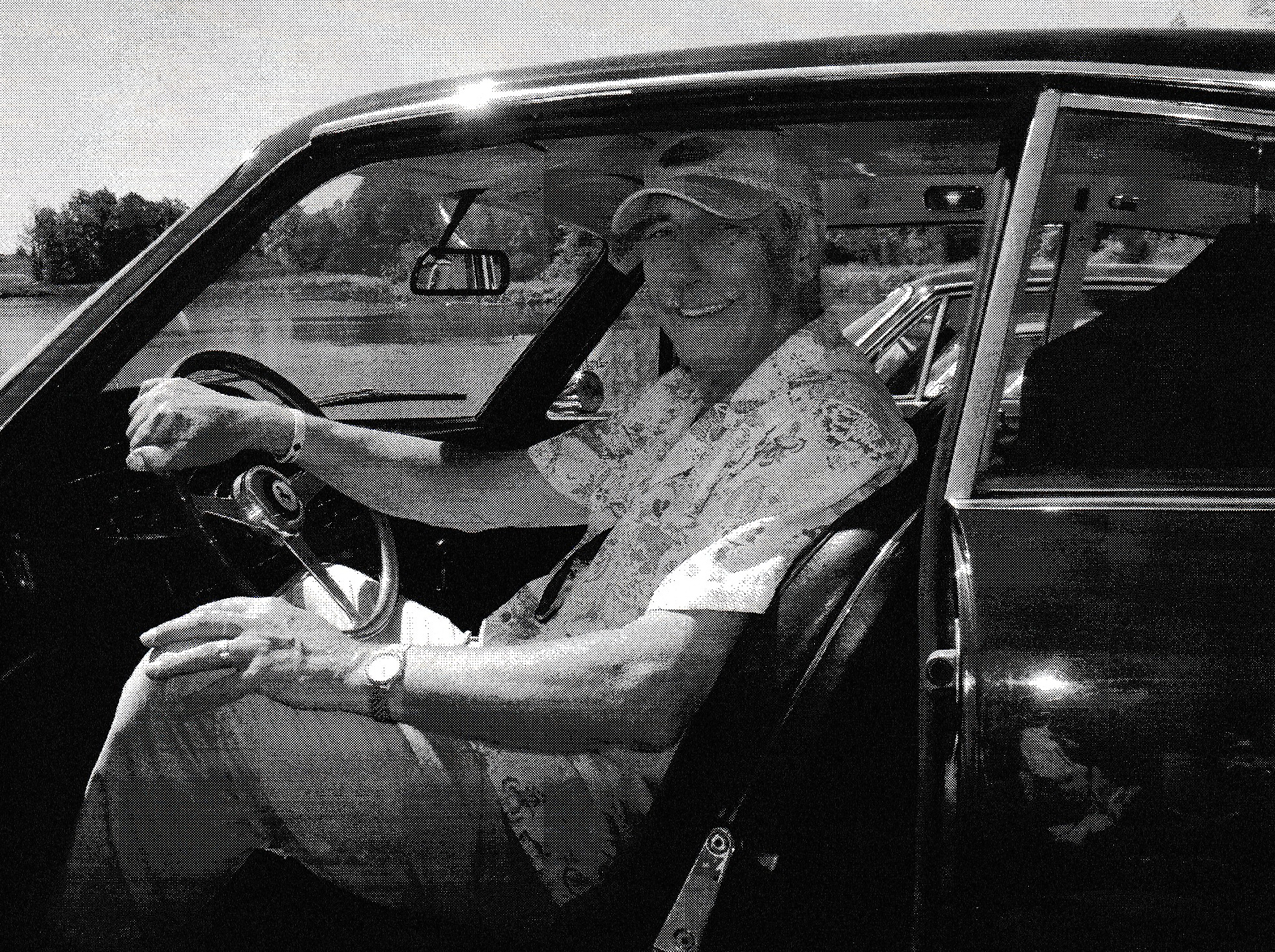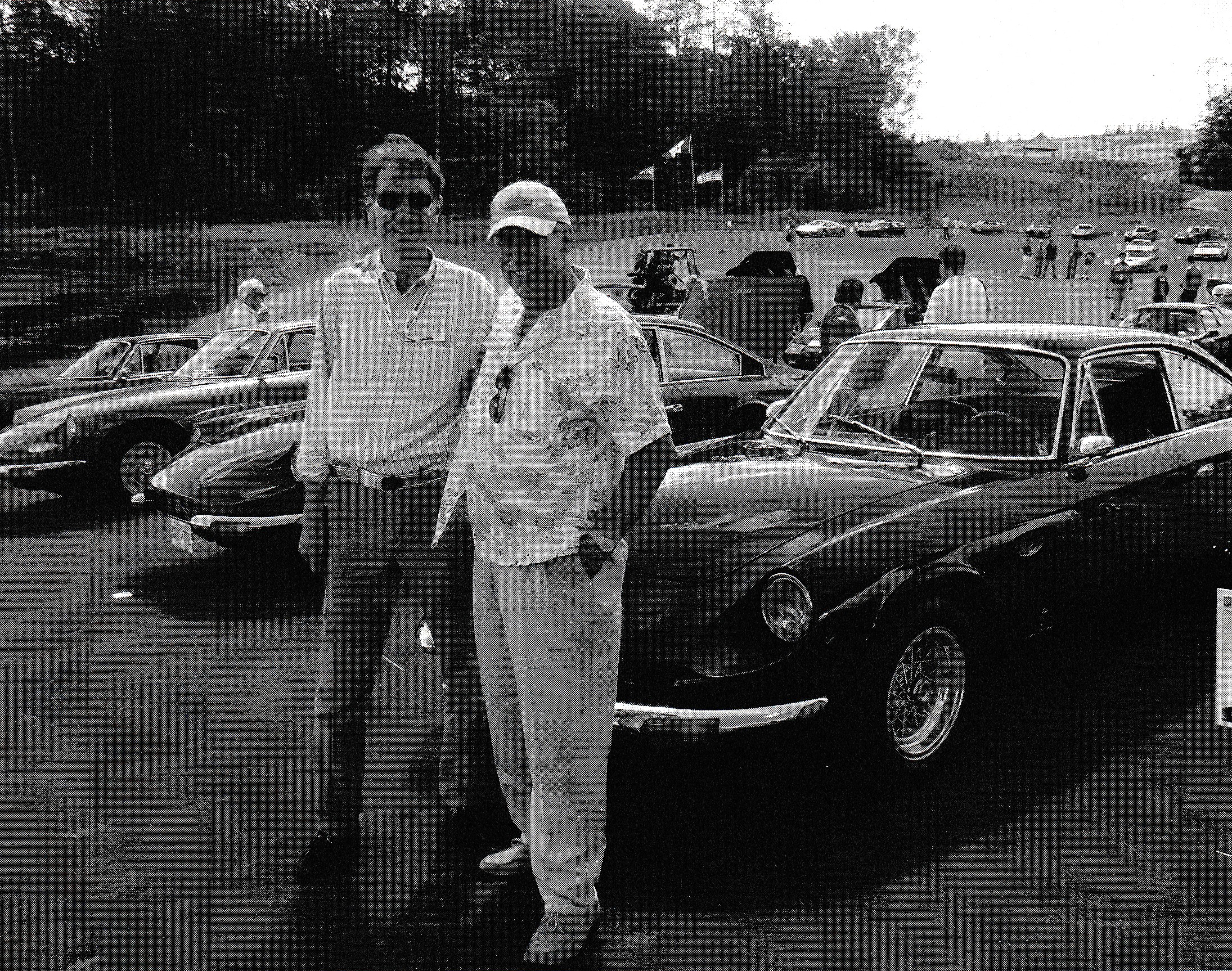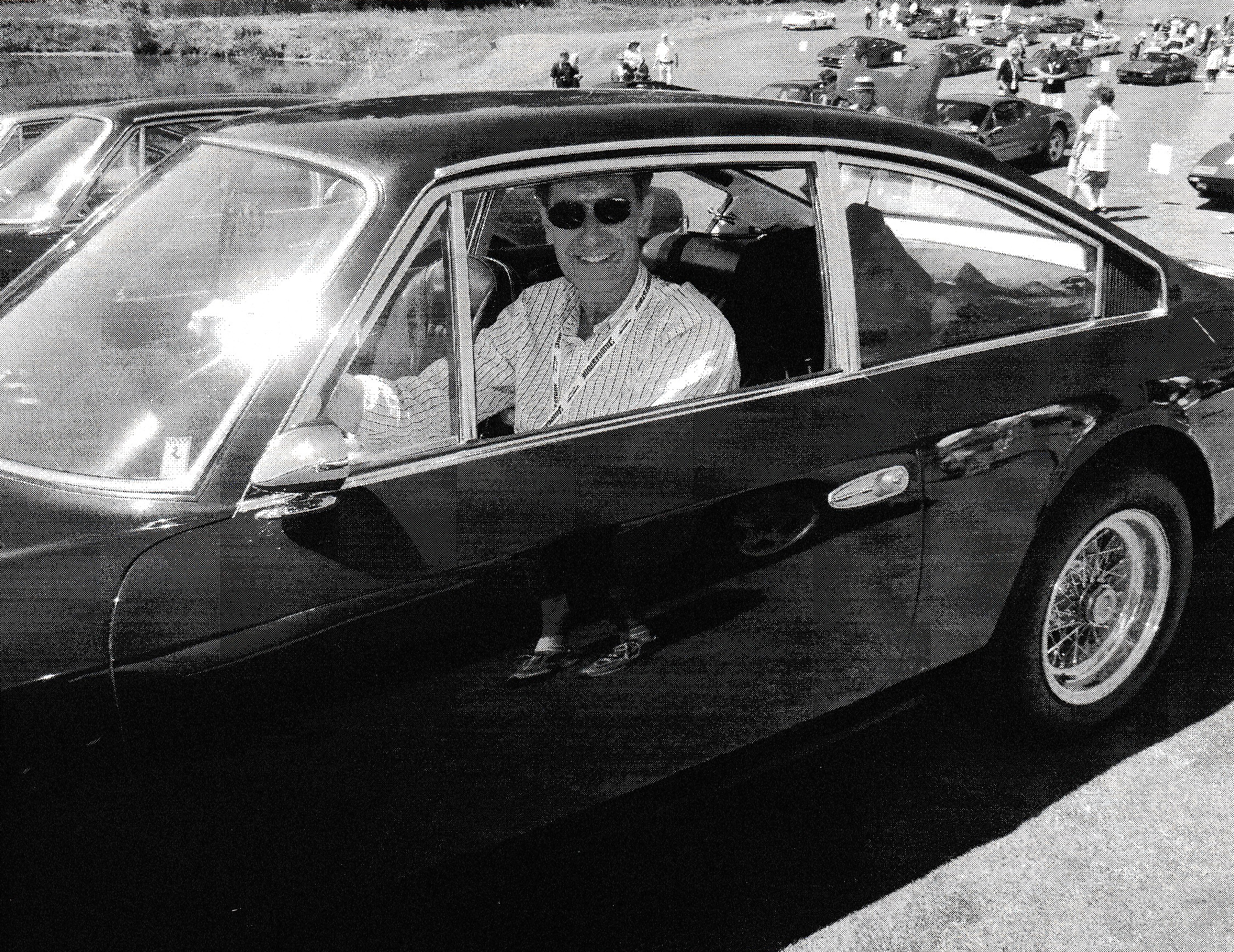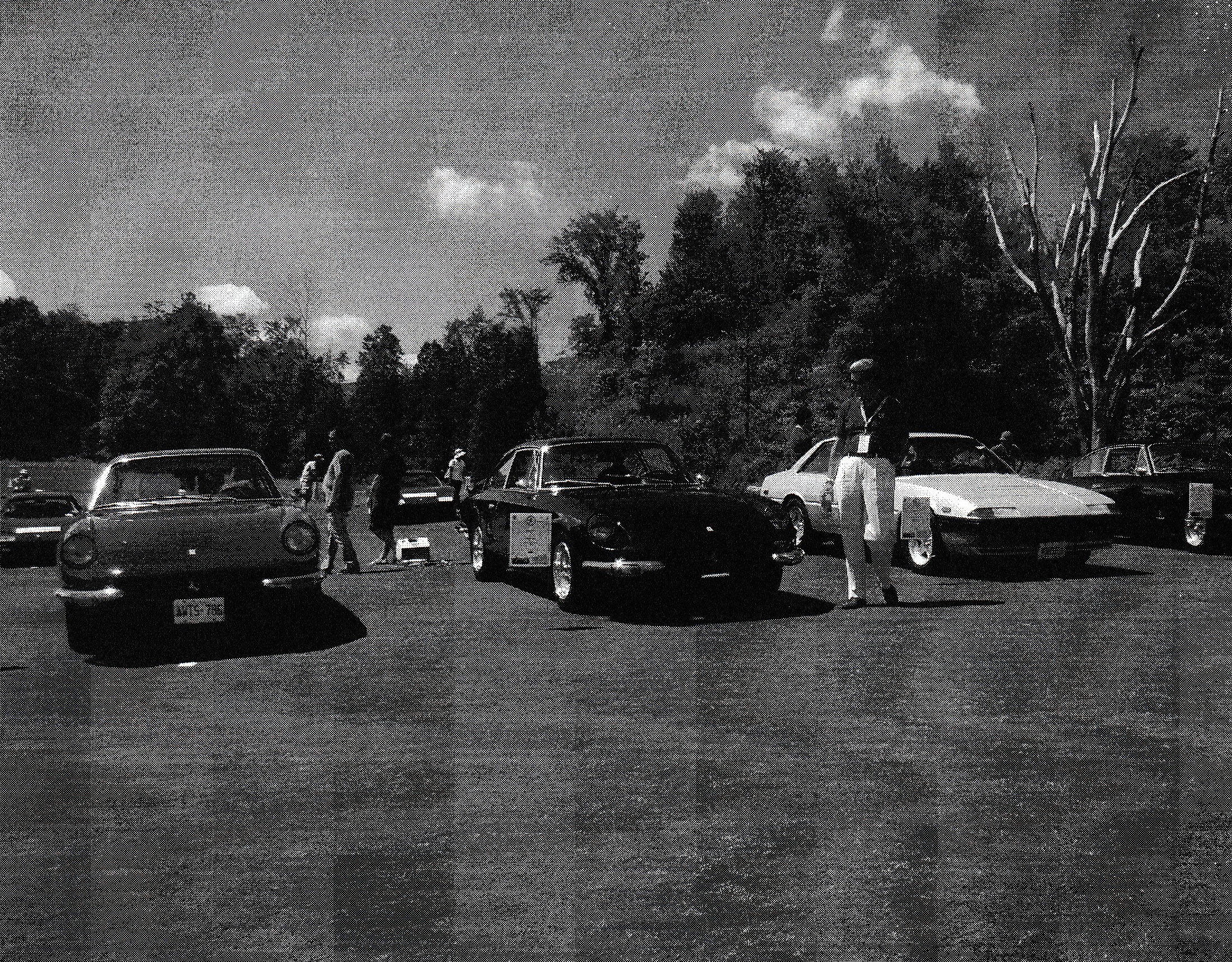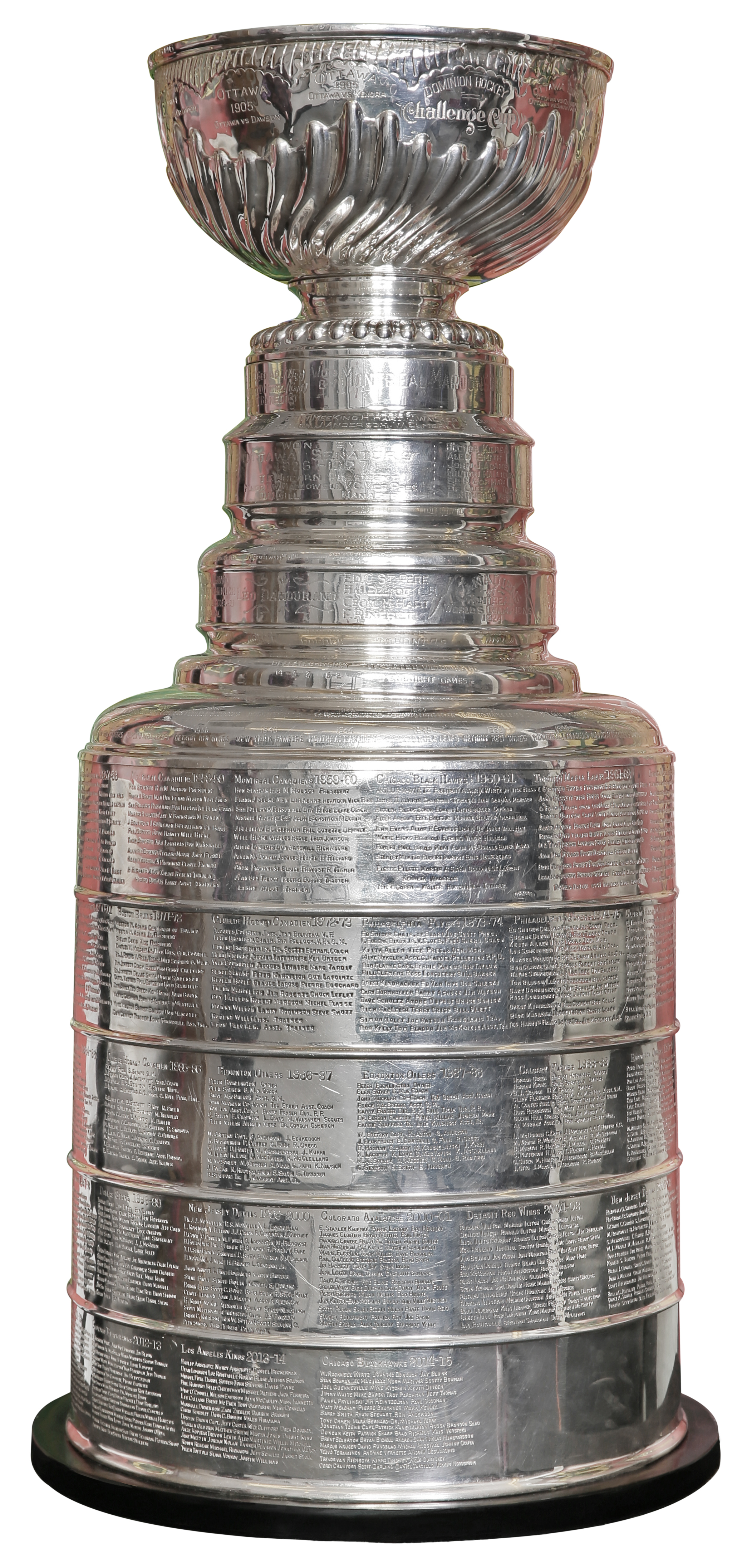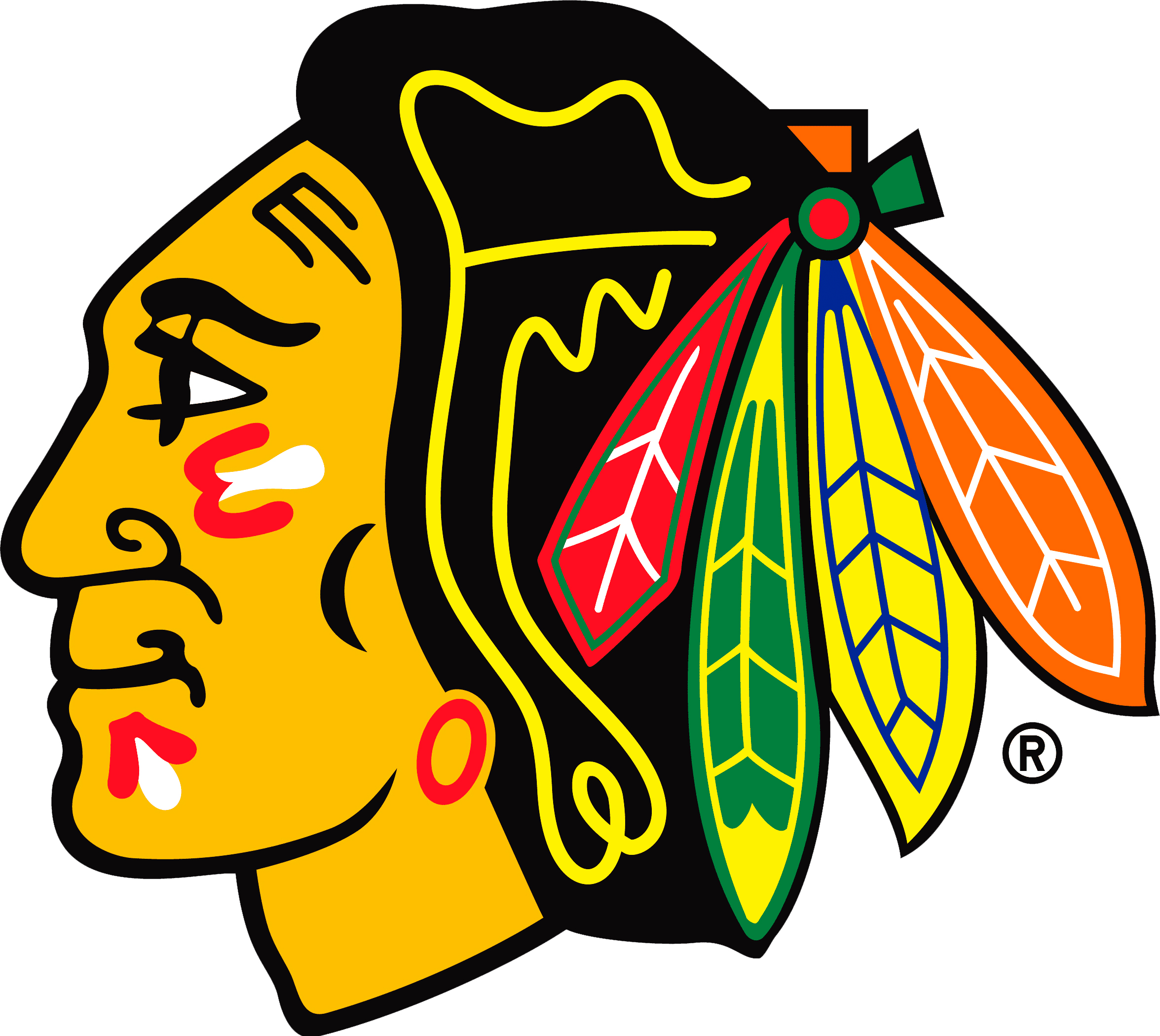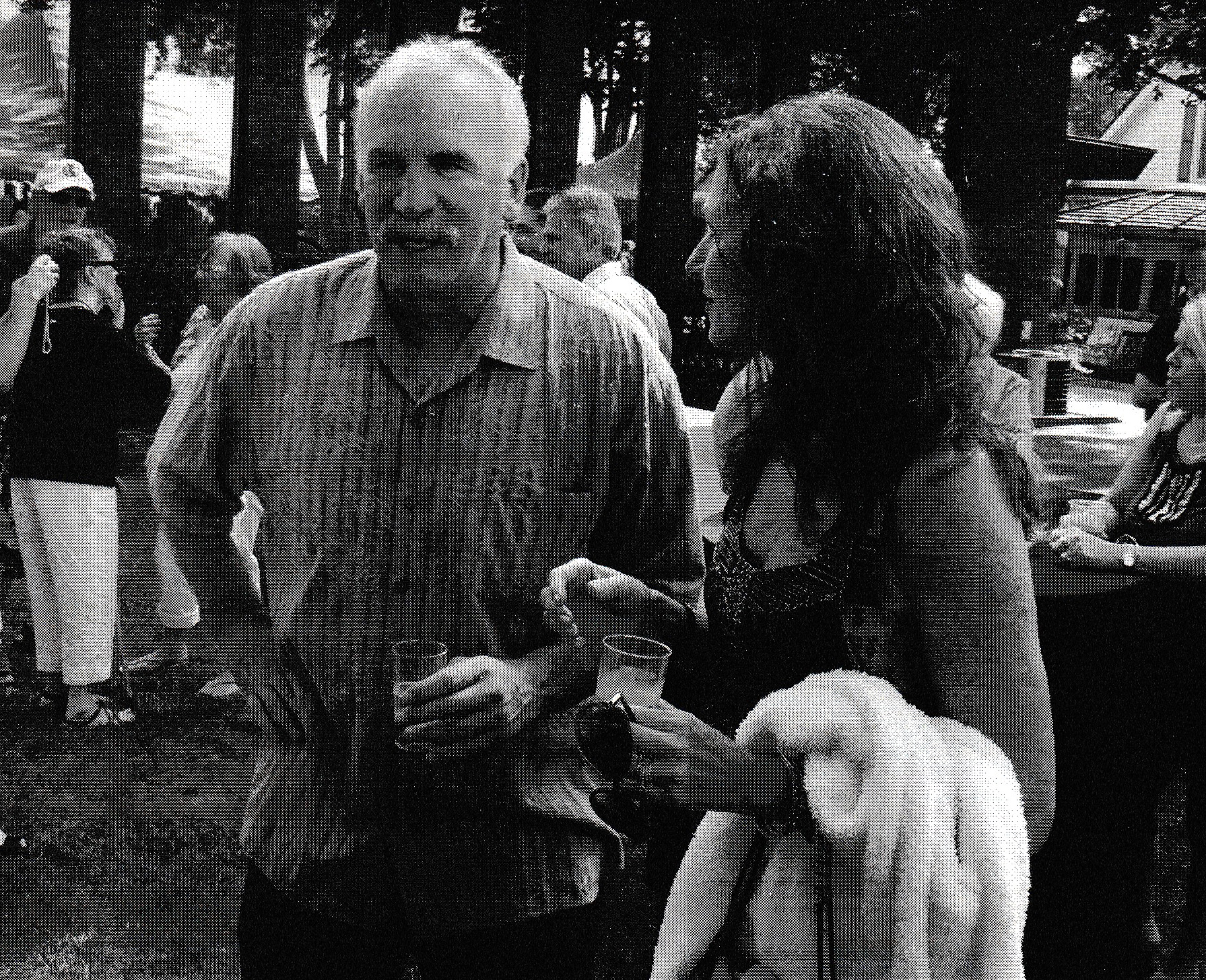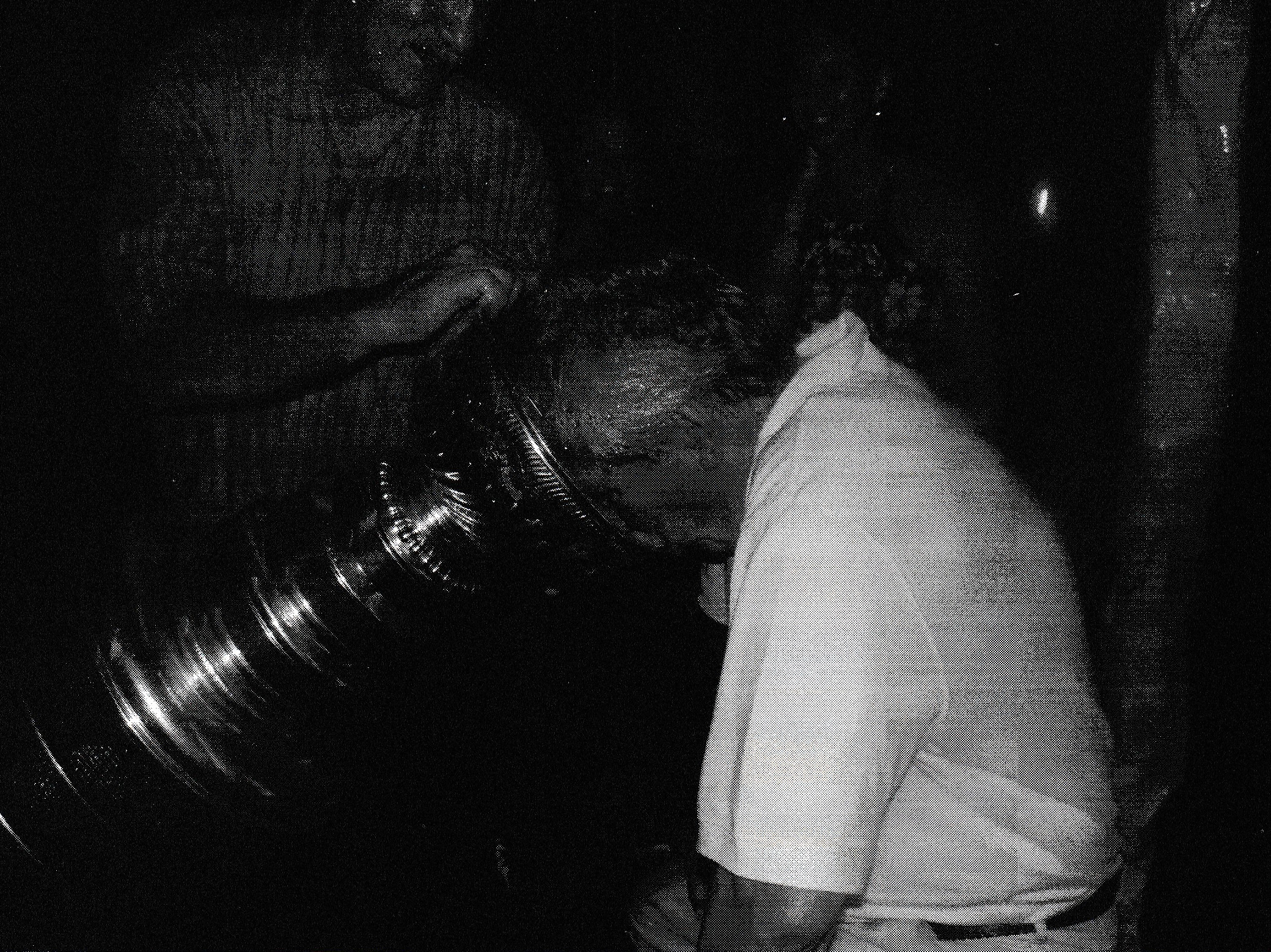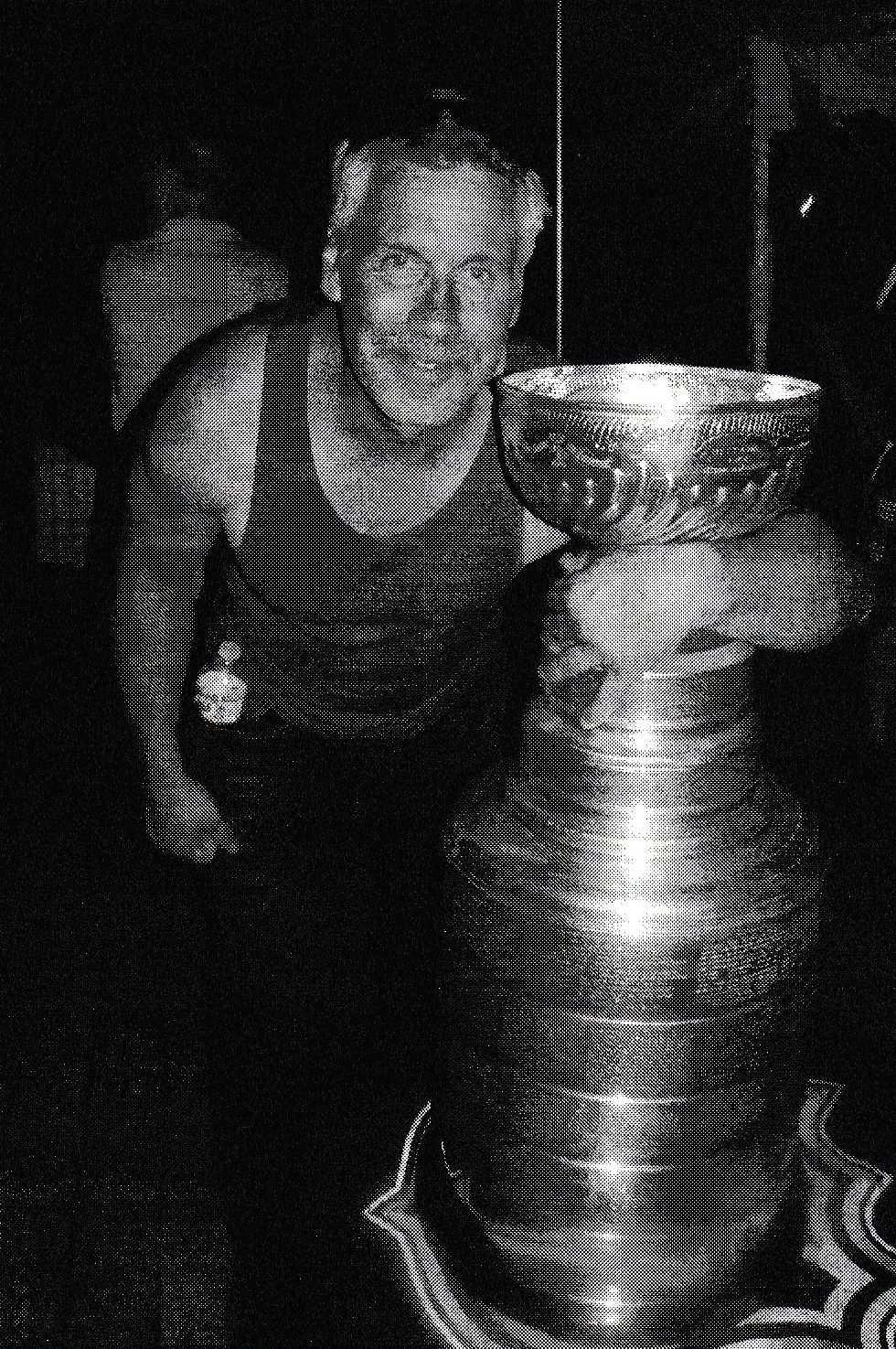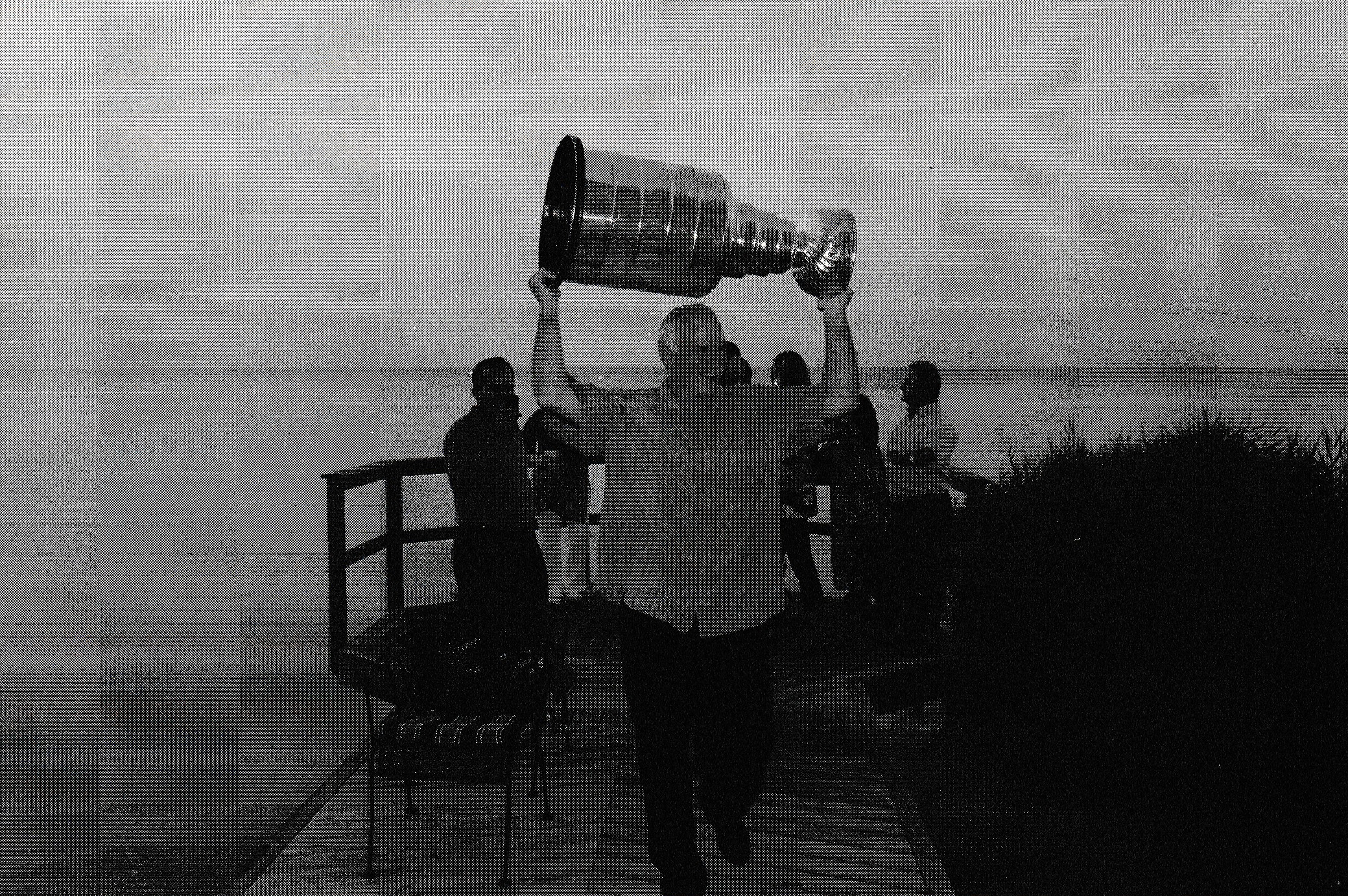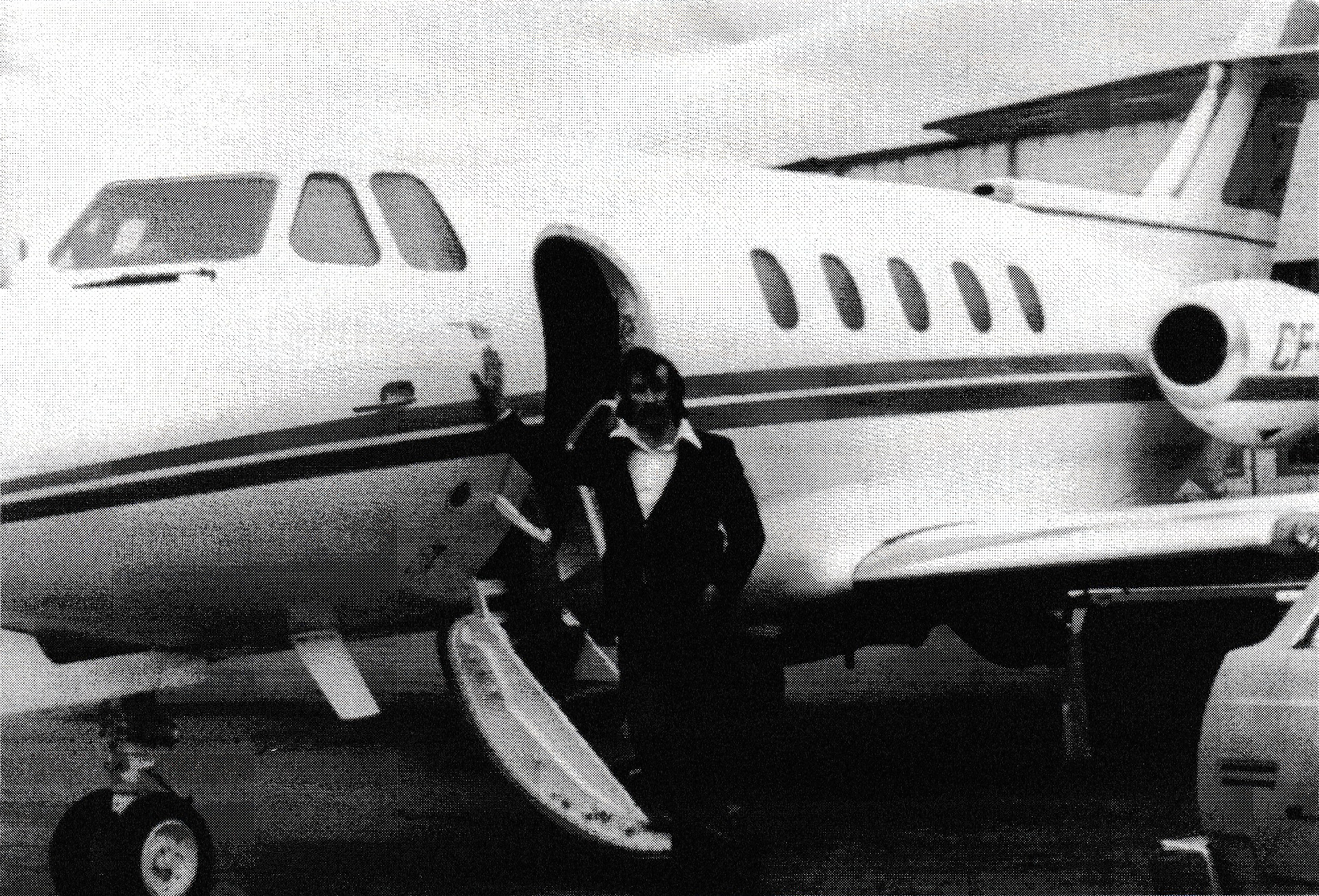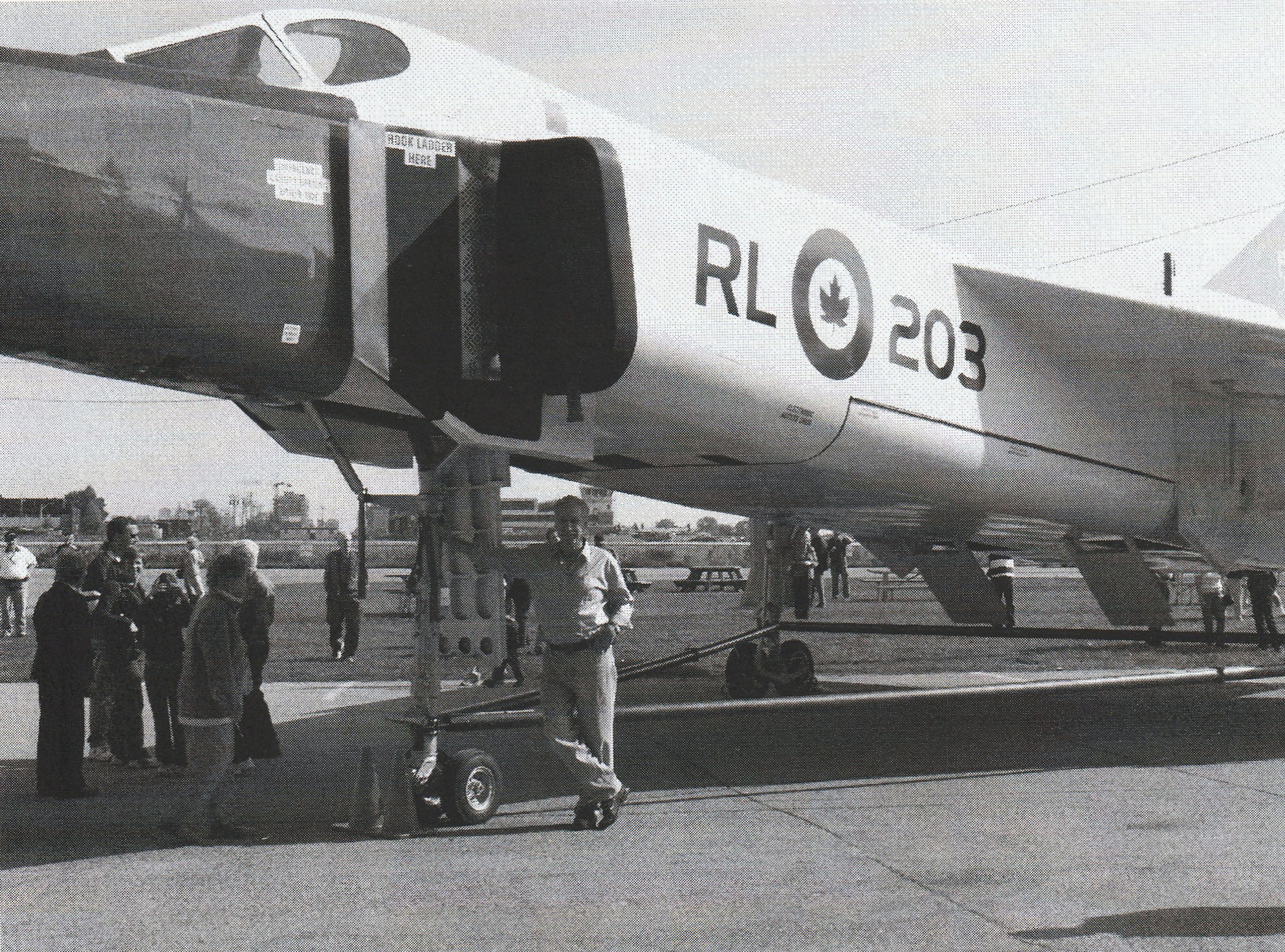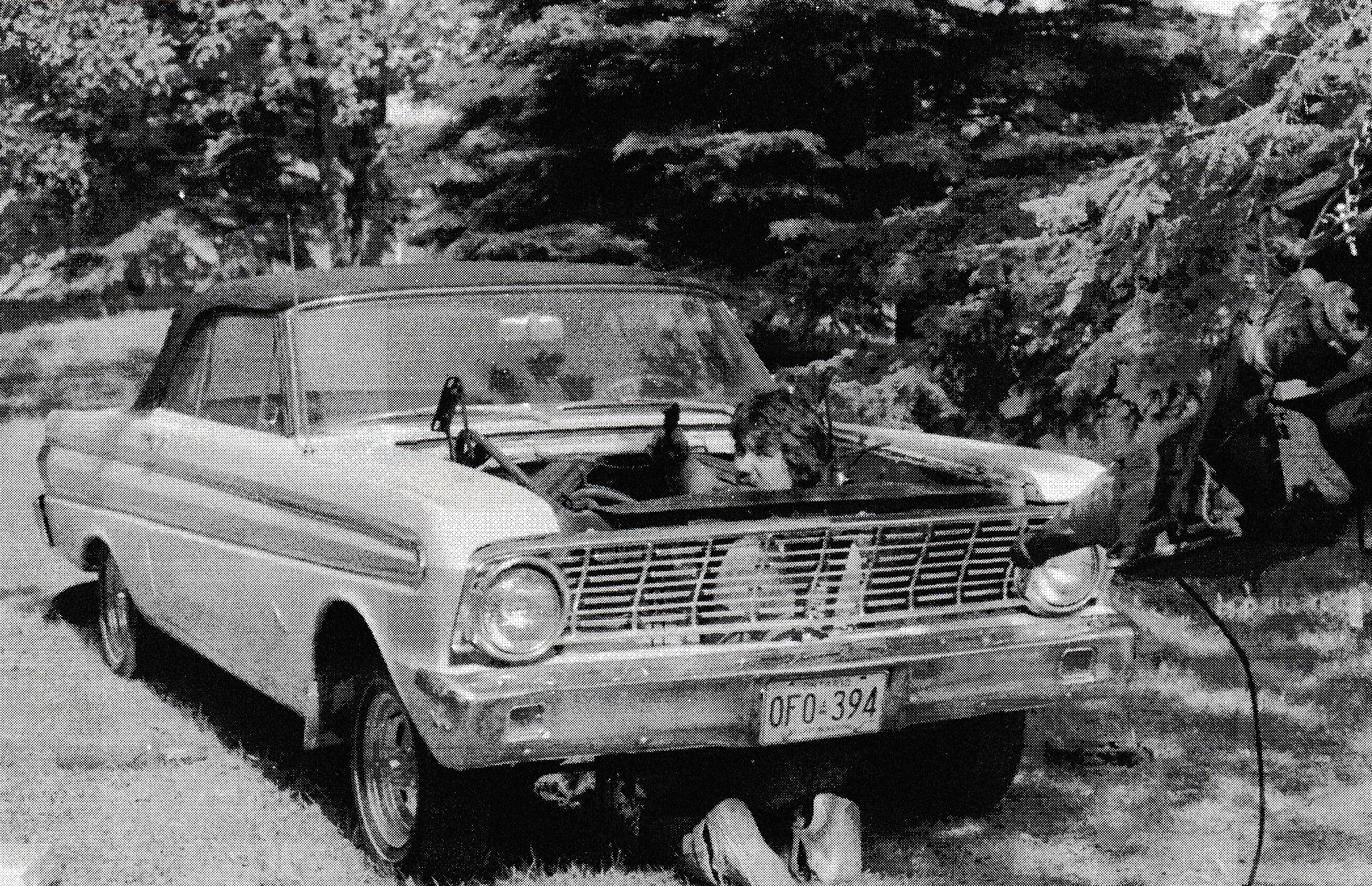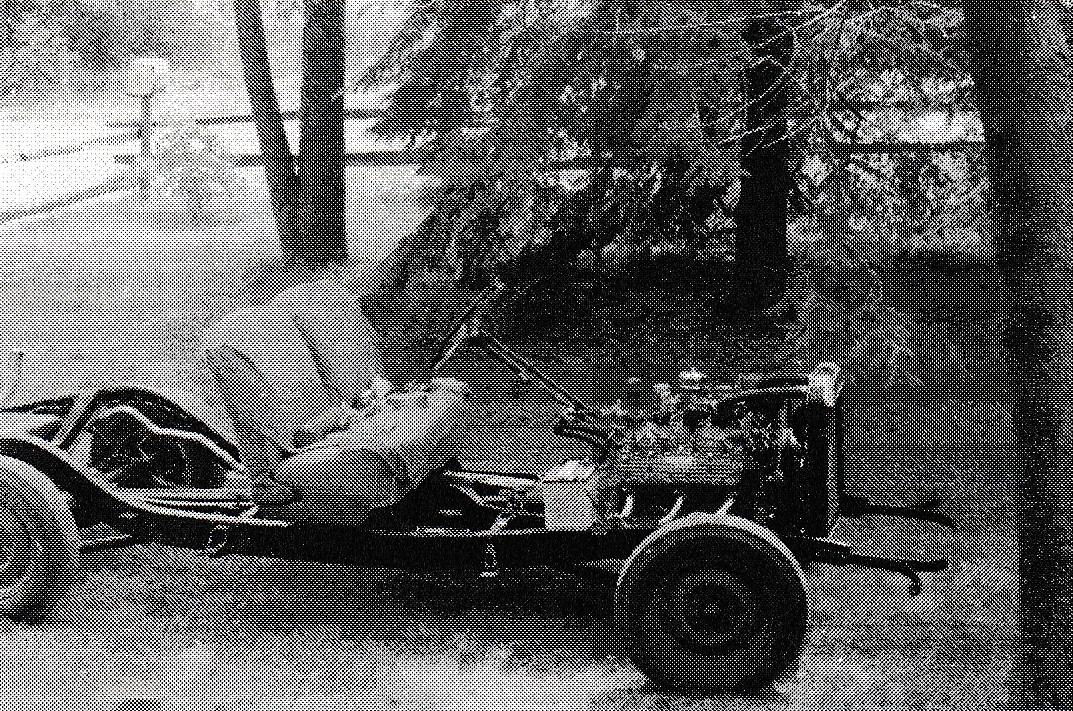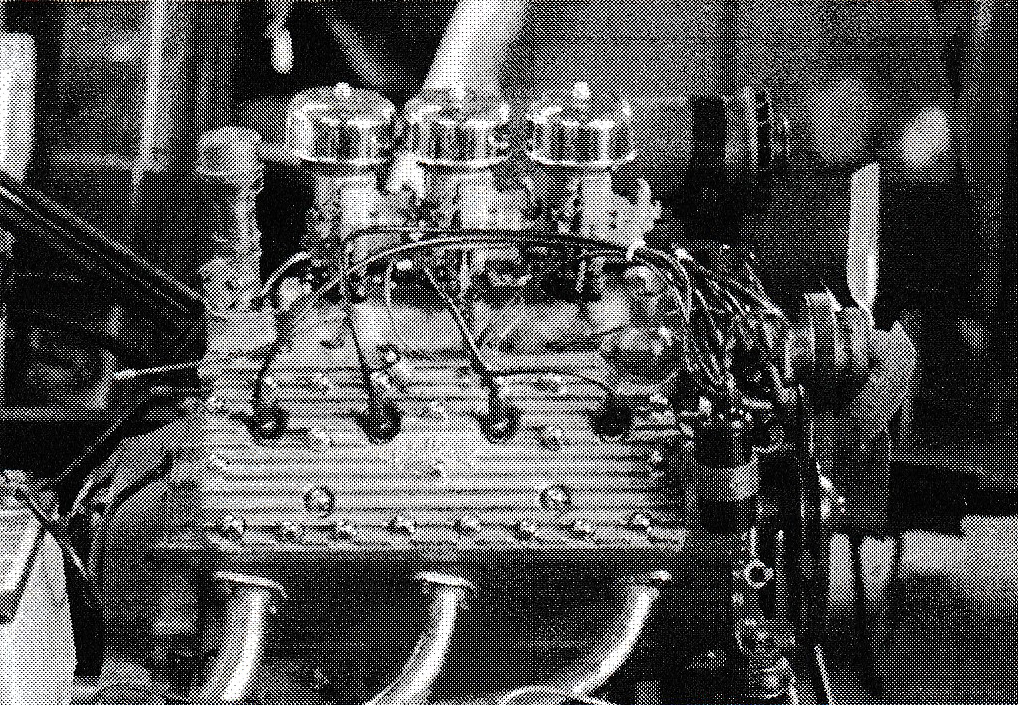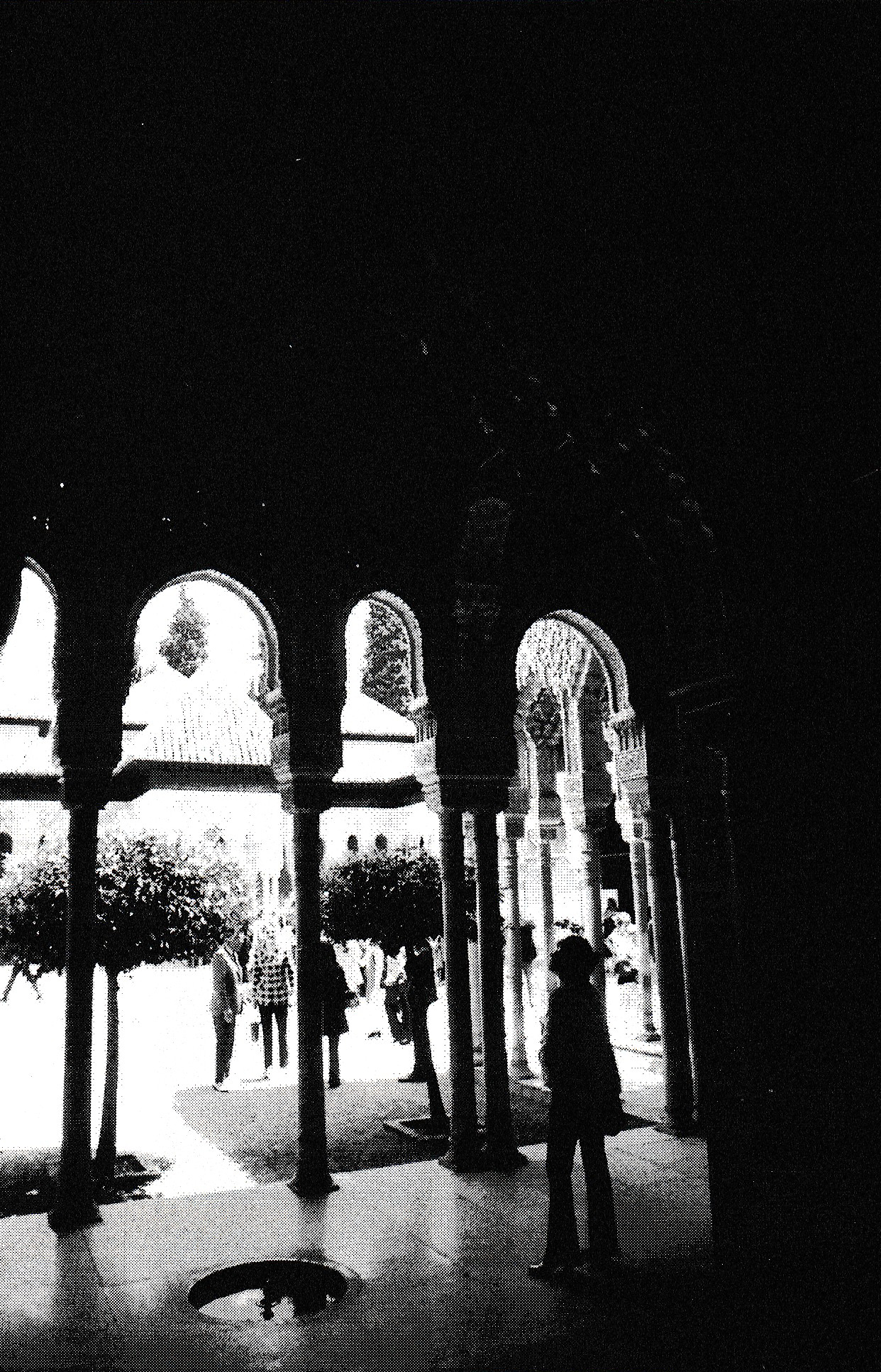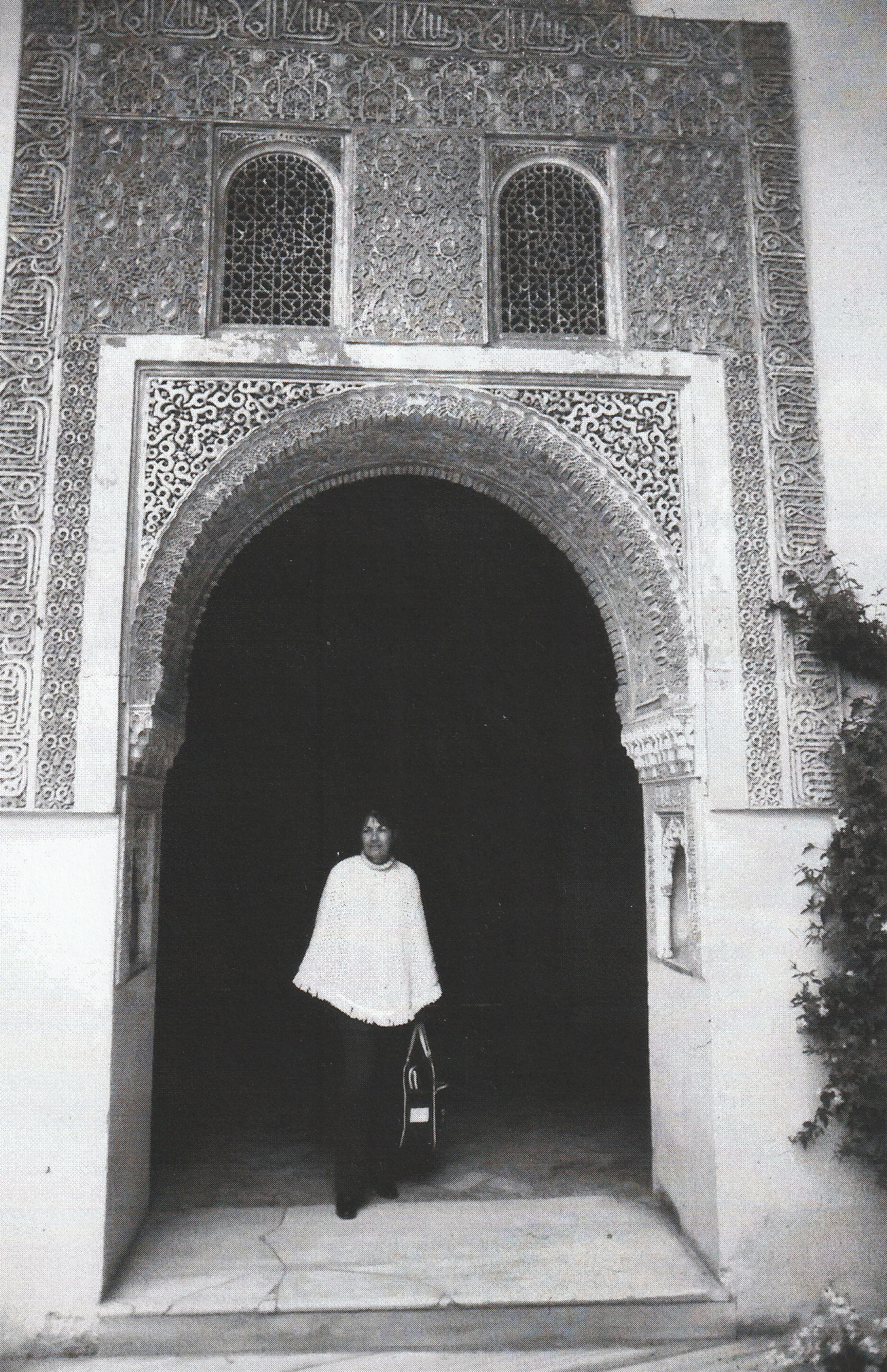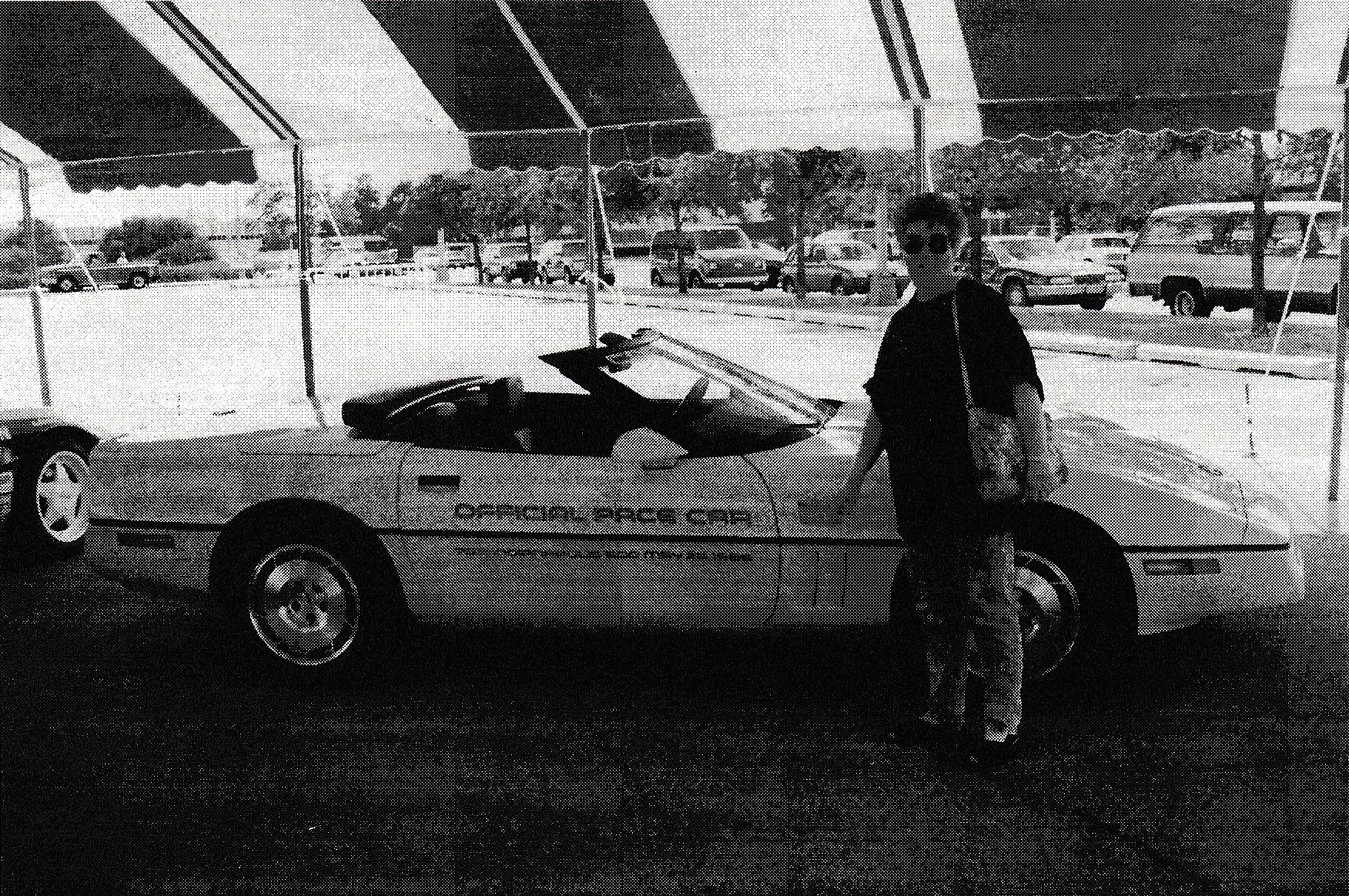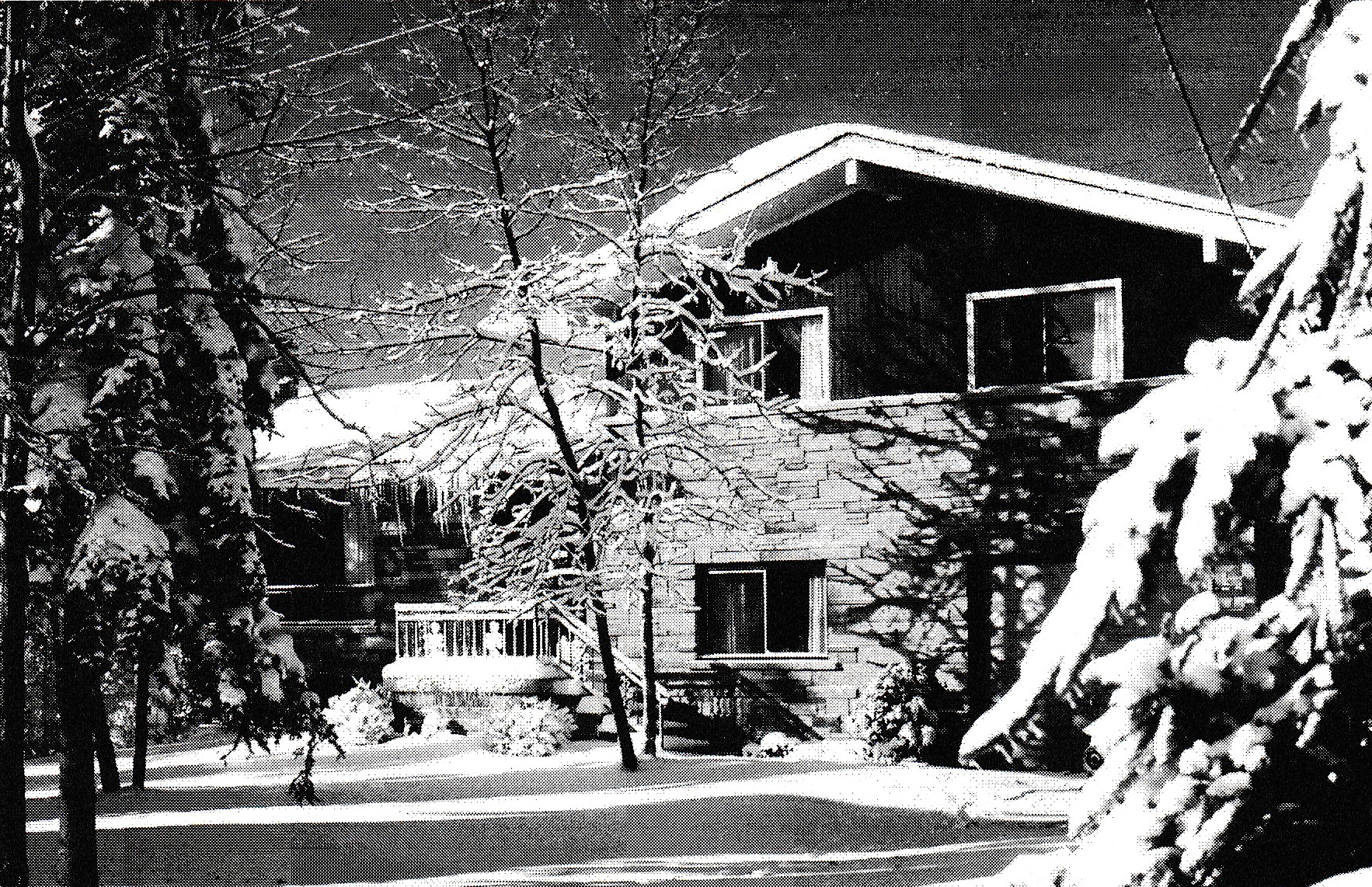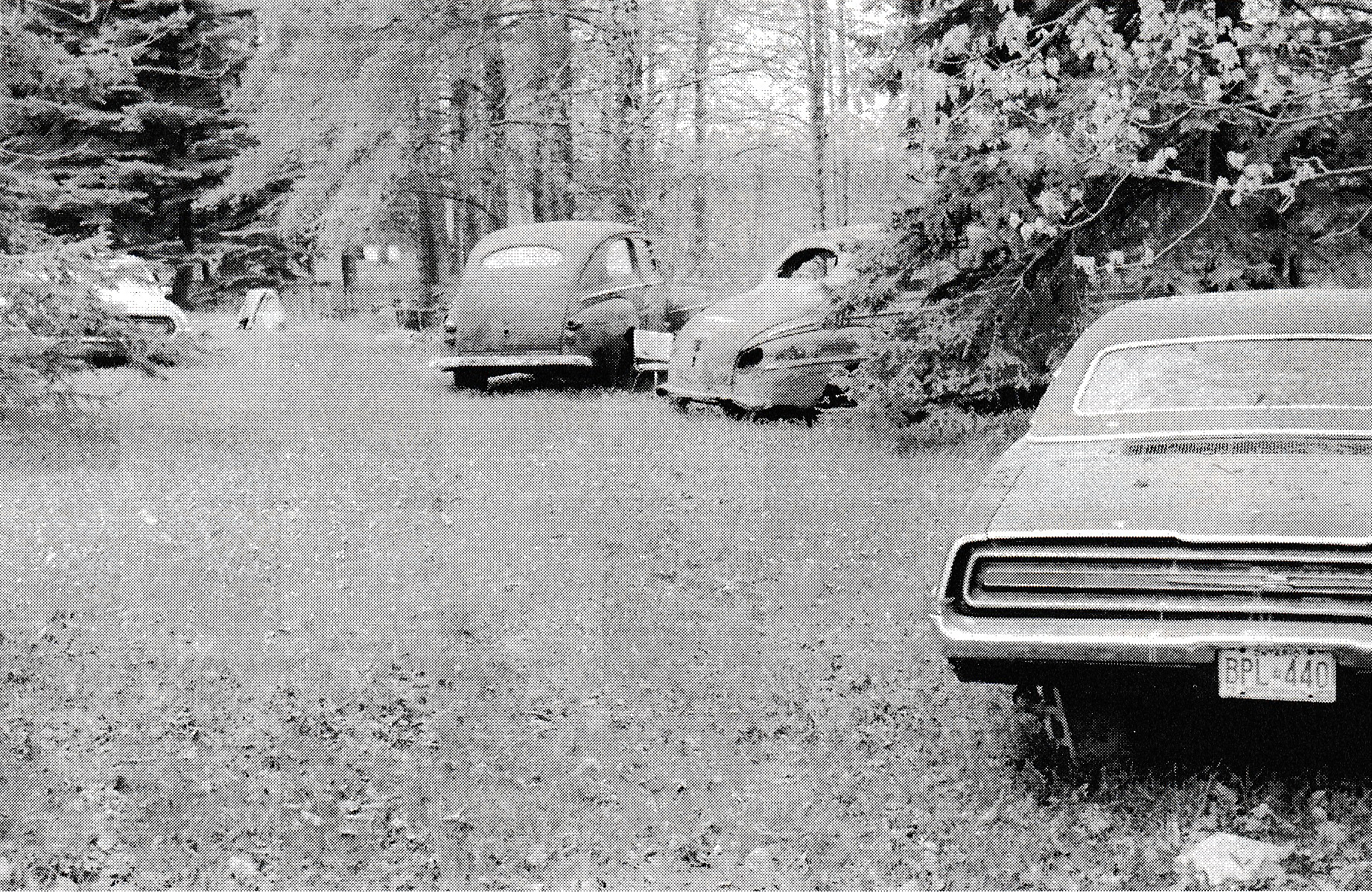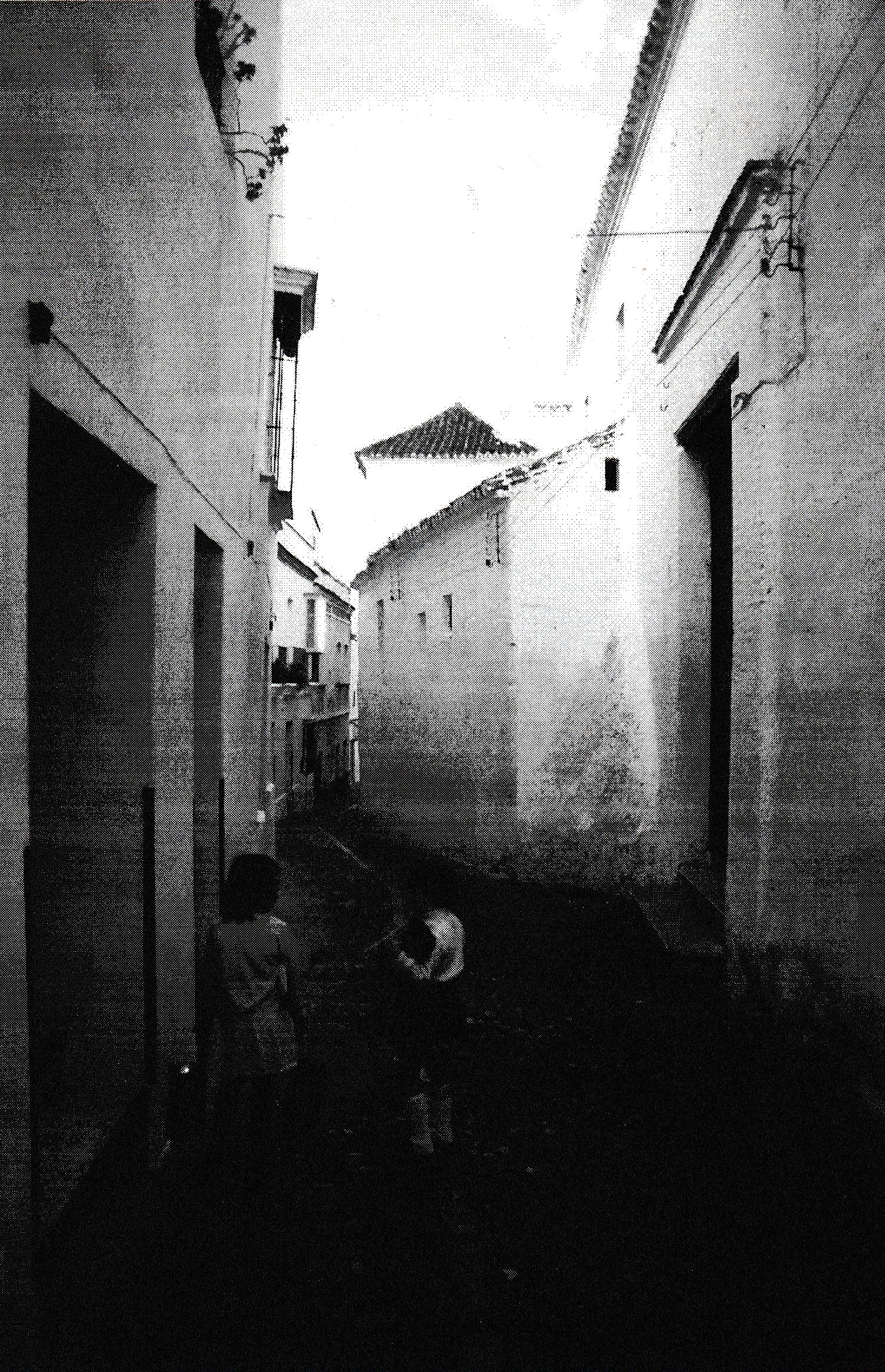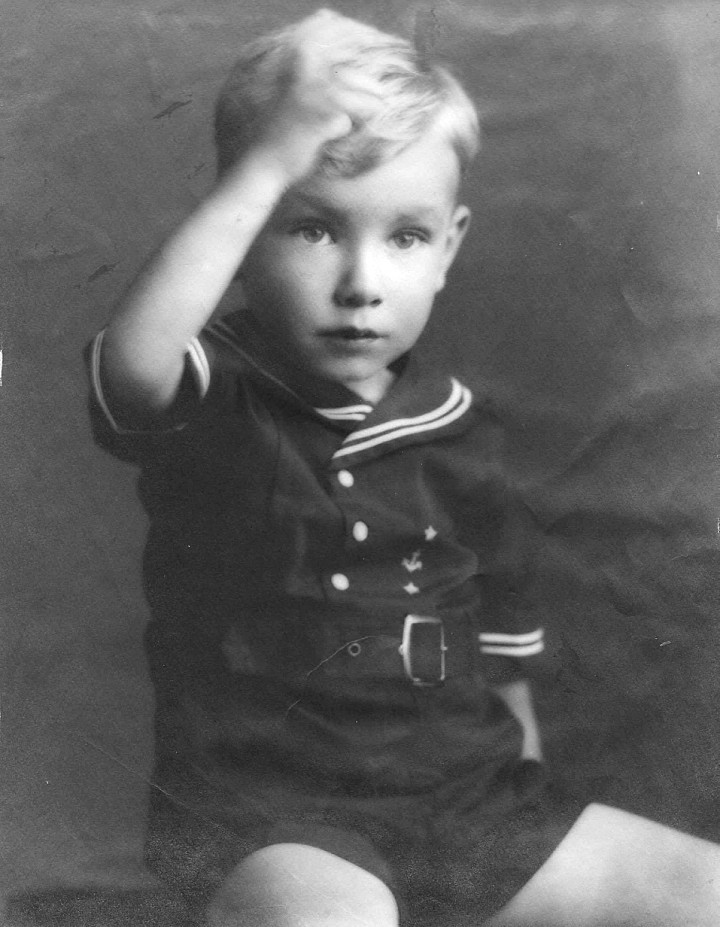
RICHARD KARL RIGELHOF - November 11, 2015
WINDSOR - MY BIRTHPLACE
I was born November 13, 1935 in Windsor Ontario and I spent my early years going to grade school (St. Jules) and after on to high school. The first year high school was at St. Joseph's. We were involved with the army cadets there in which I was a colonel. I was also involved with the air cadets out of Windsor Airport and spent several years there. They made a new high school called Corpus Christi in which I spent the rest of my high school days. Because we only had about two hundred and twenty five students we were a close bunch and got along really well and as far as sports is concerned we had an excellent football team and basketball team. We had mostly nuns that were teaching us but we had three men who were teaching various subjects. Mr. Smith was one and I can't remember the other two but it was very good because they were not that many students there. I did fairly well at playing football and basketball.
We had a good team in which we did some exhibition basketball and football and even came up to a tournament in Toronto to play against St. Michael's school in which we did quite well. As time went by it was time to leave high school and our graduation was a pretty unique. As I mentioned there were not too many students at that school so we got along very well. I was voted best boy and Vicki Horvath was best girl.
I joined the Essex Scottish regiment as a reserve army private and made it up to a master sergeant. The Korean war just started and we could have been sent over there if needed.
Of course I went on getting engaged to the best girl in high school which was Geraldine Noel. Geraldine or Gerry, went on to nursing school at Hotel Dieu Hospital and got her registered nursing degree there.
While I was going to high school I worked on the Ambassador Bridge which was between Windsor & Detroit. I directed traffic and this was a very interesting job and I learned a lot from it and getting paid quite well.
I had the privilege of driving the nuns from their convent on Riverside Drive to the various schools in Windsor. I would pick them up at the convent in the early morning and would pick them up at each school in the afternoon. Old city of Windsor bus with air brakes and all - what a party bus during the day!
I went to Assumption College (now the University of Windsor). I also worked for a sign company doing outdoor neon work.
I had a job working for Coca Cola in their outdoor advertising department putting up signs and advertising. I took a job for the summer delivering Coca Cola to various towns around Windsor, including Bob Lo Island, Amherstburg, Essex and LaSalle.
CBC GRAPHIC DESIGN
I was offered a job with the CBC at Ottawa and Toronto. I went to Ottawa for an interview and on my way back to Windsor stopped at Toronto and was offered a job at the graphic design department of the CBC.
I spent nine and a half years with the CBC graphic design department and found it to be a very exhilarating part of my career.
There were some 26 graphic designers working in that department all with varying talents and all with quite different backgrounds. We got along very well and socially had a lot of occasions to party it up at various people's homes and especially the Halloween parties.
I worked on programs while there - CBC National News, Wayne & Shuster Show, National Election Coverage, The Nature of Things and others.
Many designers went on to be quite famous especially Carlos Marchiori who is now a renowned mural artist with offices in the U.S. and Thailand. His villa in California is spectacular - he designed and constructed everything.
UNIVERSITY of TORONTO - SCARBOROUGH COLLEGE
After years at the CBC I was offered a position at the University of Toronto to be the manager of the media department there. We were to set up all the aspects of educational television production and the graphic design department for the use in producing different educational programs. We had very high-end equipment - a number of large television studios with all the necessary equipment including 2 inch high band videotape which was the broadcast standard at that time.
Of course in those days the equipment was not too portable and the only way you could go to various locations was to shoot 16mm film and transfer it to video. On one occasion I went with a geography professor to the mid - US of the Pennsylvania area to photograph some of what they called strip mining which in to those days was illegal. We spent about a week roaming around in that area taking film of the strip mining and other situations.
I also shot film using a high end 16mm camera called an Eclair. This was a sound and film camera with large film magazines and an impressive zoom lens. We shot an original B&W film at Fallingbrook Pavillion in Toronto for an English professor - very scary.
One of the other professors at the college was interested in having someone go along with him to a trip to Africa.
He was an anthropologist and studied the various aspects of tribal life in Africa, specifically Nigeria and he required someone to film various aspects of the native life. At that time I was not able to go because of family commitments and my employee Dave went along with the professor to do the filming.
I ended up being the producer of the film and was responsible for getting the film edited along with necessary graphics etc. and distribution to the various areas that required this film. It was shown at different universities in the States and Canada.
After several years at Scarborough College (the University of Toronto) where I had moved from the CBC, we had many opportunities to set various situations up involving scientific type photography and filming. We had to create a new department because of a move to a new wing of the college and that allowed me to design and coordinate the various sections of the department such as the darkrooms, the graphic design sections the film animation room and of course the studios.
I was asked to teach at the Faculty of Medicine, Art as Applied to Medicine at the main campus of the University. The students were all graduates of a recognized art college and had to be excellent illustrators. My job as a lecturer was to teach them how to apply their illustrations to various media such as animation. I did this for two years as apart time position.
HELICOPTERS
Years ago I met a fellow named Bob Carter who was a helicopter pilot and traffic reporter for CKEY a large radio station in Toronto. We spent much time flying round the city and elsewhere both professionally and for fun.
Many times we flew over the top of the Toronto and we would gather photographs and film for professional purposes or just our own. In many instances I shot still photographs but in some instances I shot film as well.
Interesting enough one time when we are doing the traffic report Bob was checking a major intersection in Toronto and he saw a pedestrian get hit by a car. This was rather disturbing because you've done this for years and all of a sudden you see something happen in front of you. He took the time of course to call the radio station and 911 and get somebody over there as soon as possible and offer him as a witness to the situation.
Many times when we are out flying around and it was time for some lunch or a coffee. Bob would find an appropriate restaurant that he knew about and we landed the helicopter in their parking lot so we could have coffee or some lunch.
We'd fly much faster than most small planes and we would land in various areas north of the city where a lot of people were enjoying themselves in the summertime. Bob would come over to our house on the third concession, which was a large place where we had 3 acres of property and across the street was just a farmer's field. He would do his traffic reports directly from our place even though he had not gone up to look at them. He was so used to doing the reports right off without even thinking one way or another and I'm sure that his listeners would believe him.
Of course the boys (that's my boys all five of them) were very keen on the fact that right in their front yard was a helicopter parked there and Bob would take a couple up for a ride when he could. Of course the third concession was a dirt road at that time and across the street from our place was a farmer's field so Bob could land quite safely. Could you just imagine people driving down this country road and all of a sudden right there in front of them was a helicopter parked in the field.
On some one occasion we were doing a film for the Professional Dentistry Association of Ontario which involved several aerial shots and of course they were done with a film camera and Bob flying where it was necessary. On one occasion we had to do this shot which was the opening and the same kind shot in reverse for the closing of the film. Involved was an actor sitting on a rock in the middle of a creek. This was to give the impression that everything was just clean and natural and in the open and of course he was sitting there in the nude. The idea that the shot was to be very close to him with the helicopter - consequently the shot was to zoom out from him exponentially as high as we could go so the image of him became very small and gave the impression that everything was very clean and clear and all natural. Then we did the reverse of that which means we'd come up from high and zoom in close into him sitting there on a rock in the nude and had to film that as the opening. Of course we didn't want the actor to look at the camera because it was to be a normal thing in nature. Of course Bob being the character that he was, came close to the actor sitting nude in the middle of this Creek and just hovered there for the longest time with the water just flying up all over the place and this guy must've been freezing because he had all this air and water blown on him and of course being in the nude wasn't so much fun either. Now that was part of the fun we had as well as working at the same time.
Another time Bob would fly around over the top of the college where I was working to take some aerial photography - both stills and film.
What I would do was take the side door off the helicopter and sit with my feet out on the pontoons to photograph out the open area rather than out the front of the helicopter. This wasn't always as safe as it seemed with this kind of thing but you never thought about it when you did this.
An employee of mine Dave wanted to go up and have a ride in the helicopter. Dave got in the helicopter and Bob told him to put his feet out on the pontoons and put the seatbelt on but leave it loose and we'll put some tape around it so doesn't come off. Of course this probably disturbed Dave to thinking if his seatbelt didn't hold with the tape he might fall out, so he said to Bob "what happens if the tape breaks?" and Bob said "well we'll just take it back to the manufacturer". Again these are just some of the things that we kind of got involved it with the flying around and doing some interesting kind of things both photographically and filming.
At that point Bob Carter had got a job offer on the East Coast and decided he would go there to work and we lost touch with one another.
HELICOPTER 2
At that time I had another friend called Bob Rice. Bob flew helicopter for the same radio station CKEY and that the difference being the helicopter Bob had was a jet helicopter small but very fast and could get around really quick.
The same situation occurred with Bob in that except we had the opportunity to use video instead of film to do different commercial situations or aerial photography for various institutions. In one instance we were going to do photography using video of an aircraft flying out of Buttonville airport in North Toronto. The aircraft belonged to Seneca College which taught flight technology and eventually you would become a commercial pilot through their system.
What we were asked to do was aerial photography from the helicopter to the fixed wing aircraft to simulate a full circuit from taking off and landing at the same airport. With the helicopter it gave us the ability to fly relatively close to the other aircraft at the same time letting us get in underneath it or over the top to visually enhance the circuit we were videotaping. Can you imagine when we were following the aircraft in on its landing circuit when we were just above it with people who didn't know what was going on seeing this helicopter flying over the top of the plane when it was landing.
Another time we were to fly up to a small airport north of Toronto which had grass runways to do a video for Bob. We would do some shots from the side open window as we did in previous helicopters.
Bob did various manoeuvers with the copter in synchronization of music. In several instances I would be inside the helicopter taking video outside through the window to give you the pilot's view of what was going on. Aerial tricks I guess you might call it at some of the shows that he did. This involves flying the helicopter to music that Bob had prepared. He asked me to stand in the middle of the runway and he would make a pass over the top of me for an effect. I trusted him as he flew straight at me and at the last minute pulled up.
FISHING TRIP UP NORTH
A friend of mine Kurt Wagner and I worked together for a long time in the photography business. We we're going to fly up north to his camp. I was to take films of the fishing lodge so it could be used in a program for a TV show in Detroit. I brought Tony along and at that time he probably was only about 10 or l1 years old. We had to take a train only so far North before we met Kurt and flew up to the Lodge which was in a quite far north from there. The plane was one of those big Bush types which really gave the power that you need when you're up in that area. They had pontoons on them of course and were able to land in the water which is what we did when we reached the camp. We met Kurt's friend George and his wife who ran the camp and we had a great time at that point on. The food and everything was just fantastic and there were several men up there who were on the trip who came from the states (a couple of lawyers from Chicago). At night there was not much to do because it was very dark up there and we were quite isolated so we spent the time in the camp hall having some fun after dinner and a playing cards etc. The men from Chicago etc. were playing euchre and of course they weren't too used to some 1l-year-old kid who could play euchre as well. Tony was very good at it because he was taught by his mother - that's all they did was play euchre with his brothers, sometimes early in the morning before school. One of the men thought maybe Tony was just a midget in disguise and didn't realize that he was 11 years old.
At one point we were going to fly out of the camp to another lake to do some trout fishing. They prepared the plane which was the same Bush type and they put a couple of boats onto the pontoons and brought all the necessary gear for fishing and away we went. It was about a 20 minute flight from the camp to the lake we were going to and the pilot landed in the lake and let us off shore. along with our Indian guide. We eventually got into the boats and headed out into the lake to fish. There was another couple that came with us and they had Tony in their boat and the guide to give the impression that this was a family out fishing in the far north. Kurt and I were in the other boat, and I had all the film gear and was filming them as they were fishing. Somebody in the other boat caught a fish; it was a very large - a pike, and it gave them a fight to get it into the boat. The guide took the big fish and threw it back in the water and said we were here to catch trout not pike.
I had a fishing line from Kurt in between my knees because I was still filming with the big camera and I felt a tug on the fishing line and said to Kurt maybe I've got a fish. And he said well It's possible but I said maybe it's just stuck on the bottom of the lake and he said no way this lake is very deep, so he reeled in the line and 1o and behold I had caught a trout. This was very interesting because I was at the same time filming. At one point we heard an airplane flying overhead and the Department of Lands and Forests turboprop plane landed into the water and taxied over and asked us for our fishing license. Now bear in mind were about 200 miles from nowhere and needed a fishing license, but Kurt had some with him. So away they went and we continued to fish but really didn't get anything.
It got dark out and started to rain pretty hard so the guide decided that we better head for shore and make camp of our own because it looked like we could be there for a while because the weather was real bad and of course we didn't have the plane with us. So he set out on the lake to get some more fish because the only one we had was the one that I had caught by mistake. At that point we heard an airplane flying overhead. It was very foggy and we couldn't even see much and out of the fog came the plane that brought us up there and landed on the water in front of us on the shore. At that point the pilot wanted us to get in the plane which was very difficult because it was all rock underside and very wet and slippery as it was raining very hard. He wanted us to leave everything and to get it later but of course I wasn't going the leave my thousands of dollars of film equipment, so we all got in the plane and he took off. The problem was it was very bad out and he had trouble finding our fishing camp on the way back, but finally. Kurt was quite put out by all this because we did not hear back from the Department of Lands and Forest plane who knew we were up in the lake quite far from the camp and didn't really check to see whether we were back safe or not.
One day we went out fishing on our own close to the camp with one of the Indian guides and Tony and myself. This guide was a very rough looking character who evidently was a sniper during the second world war for the Canadian Army. We got along very well and every time Tony would catch of fish he'd throw it back and said it was not big enough. So at one point we stopped off on the shore and we had a fish fry which the guide did and they were delicious. The way he fried them in a pan was quite interesting because he took a plastic bag, put the fish inside the bag with some flour shook it up and then put it in the pan to fry it.
Of course that is the same as Shake and Bake which is what Tony observed at that time. Everything came to an end of course and we had to go back to Toronto, so we had to get our flight back to the area where we were going to take the train back to Toronto. We said our goodbyes and took off into the sunset so to speak at which I promptly checked my belongings and realized that I left my wallet back at the camp. We reluctantly went back, landed in the lake, taxied up to the dock and got my wallet. It's a little embarrassing but an addition to the fun we had. When we got back to the town where were picking up the train and noticed there were some people with fish in their containers of ice at the lake, where the Lands and Forests officers checked to make sure that they weren't over their limit. The film I did was shown at several trade shows promoting the fishing camp that Kurt had owned. Unfortunately my friend Kurt died not too long after that.
SENECA COLLEGE
I was offered a position at Seneca College which is a large community college in the Toronto area. They wanted me to set up their department so we could utilize video for educational purposes. This involved acquiring necessary hardware, software and equipment for photography, set up the darkrooms and design a different system in which we were more portable within the confines of the college. We did a lot of videotaping in various classrooms and specialty places such as machine shops in areas of design and we taped various situations for use in the classroom. From the PR standpoint we had videotaped a lot of occasions where there were some awards banquets some dinners involving politicians etc. and this gave us some good recognition as to what we had accomplished. As was discussed earlier in some of the segments we got to do a lot of video work with the department called the Learning Center. These are projects where we traveled for the tourism boards etc. and provided video for particular projects in that department. This was quite gratifying in that it gave us an opportunity to become probably one of the most unique departments in a college, to provide this type of educational opportunity. We were able to sell the programs that we created to other colleges particularly the Miami-Dade College in Florida and several other ones down in the states as well as Canada. Even inmates at some of the prisons in Canada took the courses that we provided via video and actually graduated in some of those instances.
TORONTO TOURISM BOARD
In conjunction with Seneca College, where I was the manager of media production, we provided videos of various places in the Caribbean to be used by the tourism board for PR work and by the college for teaching of tourism.
This involved getting our video crew together in which there were four of us including all the equipment in 3/4" u-matic video that we had at the time and all the necessary gear to go to the various places in the Caribbean - the first one being to Jamaica. While we were there of course we had a guide from the tourism board in Jamaica to get us around to various sites we were to videotape. We spent a week going through the island taking videos of various tourism spots, restaurants, small towns etc. and spent a lot of time driving around going from site to site trying to pick up as much visuals as we could. The tourism board in Jamaica provided us with a driver who was a local of course and he was a good in getting around where we had to go.
One night we decided we would go out on our own in town just to check it all out without our equipment and the driver insisted we not do that, but I told him to take the night off. In about an hour he pulled up in town and said to get in the van because it really wasn't safe for us to walk around in that particular area.
When we were ready to leave Jamaica of course it was getting all the gear together and making sure we had done everything and get over to the airport to go through customs and head our way back to Toronto. Of course it sounds very simple until we got into it. The Jamaican customs people were not cooperative whatsoever even though we had paperwork etc. from the Jamaican Tourism Board to say that we are there on their behalf. As a producer of this project I had to make sure that everything had gone through customs, the paperwork etc. was complete but in this particular instance we did have a long wait by a particular customs officer who was not cooperative. We finally made is back to Toronto and had to some very good footage of our trip.
The next trip was to St. Lucia. On arriving on the island we were taken from the airport to a resort to stay that particular night because we had arrived late. The next day we had a driver who took us to the southern part of the island through some of the jungle growth etc. with a very tedious drive to our first destination. This was a very nice resort in which the owner who was Dutch very nicely set us up each in a small villa on the side of the hill and had dinner ready for us in which he said that he had brought in some steak from the US just for us that night. Also there was a steel band they brought over for our purposes and played music while we had our dinner - this was quite something. We were to go on a on a sailing yacht that was owned by a company in New Orleans and the president of the company was there as well. There were three of us on this trip, George and Gary and myself, and we got our gear on board and headed out to the sea. The beautiful yacht had a husband- and-wife crew - the husband being captain and you could rent this a particular yacht for any length of time you wanted. We were not under sail power at the time and stayed fairly close to the shore of which was just beautiful with all the scenery. Of course the famous landmark is called the Pitons which were rock formations coming out of the sea - quite spectacular. We also went to an area where there were sulphur springs coming out of the ground - quite spectacular except for the smell.
We stayed in a resort called Couples which is owned by an English couple, the husband was actually born in St. Lucia but he was schooled in England. They were very good to us and we took a lot of footage of their place and the people who were vacationing there.
Interesting thing was the night we had arrived it was still very dark and we had stashed our gear away in our various rooms and then went to have dinner. At one point we were sitting near a group of people and one woman said quite loud, as she had too much tequila "look at those three queer guys". Needless to say the next morning when we had our television gear out and she could now see who we were I told the crew to make sure that she is not, repeat not, to be in the video at all. The owner had asked us if we could stay on a few days extra because he required some video footage that we had not taken and he wanted to have for his own purposes, so we stayed a couple days extra and shot his videos. At that point we were heading back to Toronto without any problems at all.
St. Lucia and the famous "Pitons"
The next place we had to fly into was the island of Antigua where we were spending a week to get the necessary footage for their tourism board. We spent sometime driving around the island, getting video of various tourism areas on tape and I had a very good working condition with the local guide. We visited the Gov. General's home to videotape various areas on his property etc. Being under British rule originally there was some good fortifications on the island which visually was something really we could shoot showing the history of the island.
We spent the week there doing all the video, and had technically a good time and headed back home to Toronto once more.
The project of doing the videos for the tourism boards was a very good one. It allowed my staff to come along with me and I rotated them so they had a chance to get down and work in those environments and believe me it was a lot of work. It's not as much fun as you think, it is just getting around to the various places with the equipment and making sure it all works - getting it back together making sure we don't break it or lose anything and all in all it was a very successful tour.
CALIFORNIA
Seneca College had a project which involved an area called the Learning Center - a particular new project by the college involving an actual physical space in which students could come in and take various courses on their own time. The area was made up of various kiosks with videotape and monitors in each one of them. The student would come into the area at the desk wanting to look at a particular module and was assigned a physical space and would sit down with headphones and a study guide and do that particular lesson. My department was involved in creating the videotapes that were used in these particular projects. There were several subject matters involved such as social studies, tourism and government and we provided the various videos and study guides needed for these courses. We worked with teaching masters at the time to get various content which we had to videotape. There were some local areas in which we had to go out and video and the format was to talk to people out in the real world and get them on tape and ask questions about their particular background and positions at the time to get an insight into what their area was really like. This included such personalities as Honest Ed who was successful with his retail store. The president of Texaco in California was particularly helpful. We talked to advertising executives and how they handle their particular accounts - we also got to to talk to politicians as well for the political program where required. We went to Ottawa and had an interview with the then Prime Minister and Governor General. In California what occurred in that area at the time was to do with homosexuality etc. There was a problem in Jonestown in which the leader of that sect had actually convinced people to commit suicide - this was a mass suicide in which hundreds of people killed themselves because as what he wanted them to do.
We videotaped in San Francisco some people who were involved in this project in Jonestown and got their various opinions on what happened and what caused this problem. There was a situation in which the actual church that started this whole thing was in the San Francisco area and we did videotape some people who were involved in that church Also when we were there was a problem maybe a week or so before where the mayor of San Francisco was shot and killed by his male lover and of course this caused a lot of problems in the city. We had an opportunity to interview the new mayor of San Francisco and we were allowed to go into the City Hall and the mayor's office for this purpose. They gave us access to the place which I found quite exhilarating particularly since all this security was very high at that time. The time in which we had for the interview was towards the end of the day but the security people knew we were coming and had us set up in such an area where we could bring our van and equipment in without any problem. When the interview was over they had to close the City Hall because of security purposes and at that point we were escorted out of the City Hall because they were about to let loose the Doberman dogs.
Jonestown Pavilion Guyana
Poisoned Kool-Aid
We wanted to interview a transvestite just to get an opinion of how they got into that particular area in their life and we went to an known transvestite bar during the middle of the day and the professor, with his ability to probably hypnotize people convinced the transvestite to give us an interview. We went into one of the large parks in San Francisco for the interview and one of the assistant professors with us (a female) was to do the interview. The transvestite was very open about her life and how she had got into this particular situation and what her life was like on a daily basis now. When we were there we had a situation where a gentleman came running up to us and said that to he had just been assaulted by a bunch of guys and could we call the police. Well we didn't know what to do with that, but yes the police did show up - swat team and all and asked us what we are doing there and of course we then interviewed this gentleman who had been assaulted.
We had taken the time to have dinner at the Embarcadero which of course is the place for dining. The particular restaurant we went did not use menus and they suggested what we should have to eat that evening and there was probably six or seven of us in the party. We also wanted to interview someone who was involved in the various aspects of law enforcement etc. and this fellow was a psychiatrist who dealt with prisoners in Alcatraz he had a beautiful house on the side of the hill - the famous hill where the spiral Road went down to the bottom and people would drive down (it was like a corkscrew). Of course with my adventurous sort of background I decided I would drive our van down but the guys get out and were afraid of it but I made down. The professor we're going to interview lived about half way down that corkscrew hill. We were able to park our van literally in his driveway and did interview him in his scrumptious California house on the side of the hill.
He talked about various aspects of his work in Alcatraz which we could see out through the windows of his home across the water which stil1 exists but not as a prison.
CABLESHARE and HOME SHOPPING
One year while I was working at Seneca College I was asked to go and work on a special project at a company called Cableshare. This was in London Ontario and it was a division of Rogers cable. The project involved Home Shopping, a concept that one could buy products utilizing their telephone and cable television to order goods online. This involved developing the hardware and software to do this project. My job was to create the software, visuals and audio which would provide viewers to buy products at home. At that time cable television only allowed still photographs to show products over cable.
This meant that I had to develop a system in which we would utilize still photographs and audio to present the various products across cable to the customers in their home. After researching, it was decided that the best way to do this was to create a laser videodisc that was capable of storing some 54,000 still photographs on the device. The computer software was interactive and was developed by Cableshare allowing an individual to search for certain products at home on their TV's through their cable system and be able to order those products as well. My job also was to work with a company in Los Angeles which was utilizing a digitized type system in which they could place on the video disc in the form of about a 10 second audio file. The project required a system in which we could produce these video images quickly and also insert the audio messages as part of a presentation utilizing videodisc technology and cable to allow a customer at home to order products interactively. The customer at home had to have cable television as well as a touchtone phone which acted as a keyboard for the presentation and for the product ordering. I worked with the people in Los Angeles developing the audio system and was able to create thousands of still photographs required for the presentations. Their software and hardware was integrated into a production system in which we could produce a production system involving a color video camera which would capture the images which would be in the form of slides or hard copy color and then transfer to one inch professional videotape in a three frame burst in order to have enough leeway to find the stills when necessary. The audio system required a voiceover either live or pre-recorded and then transferred to the audio still system and inserted into the videotape as part of the package and presentation. When the final production was completed which involved of course thousands of the still frames including video and audio the 1 inch videotape was sent off to 3M company in the states and and a 12 inch laser video disc was produced.
VIDEO PRODUCTION SERVICES
I decided while I was at Seneca College to set up a video production company that would handle different corporate requirements other than educational. My son Karl and Noel came to work with me and we set up a business with video as a source for these productions. I was still working at Seneca College at the time which afforded us to be able to put some capital money into the company. We had corporate clients such as Purolator Courier - a large delivery company in Canada and we did quite a few training videos for them. This involved a lot of remote work in their facilities and a lot of coordination on our part to provide them with the necessary scripting which Karl was very good at. Other clients were a Logistics Company who did work for General Motors. We did promotional work for a tour bus company in which they used the video to promote their business. A large corporate furniture company also required a promotional video for their purposes.
After a while the corporate video business became a little difficult in that the hardware necessary to create videos became much simpler and less expensive and consequently a lot of corporations would do their own in-house video work. I had to make a decision to let Noel go from the company as he of course was married at the time. Karl was single and he stayed on at Video Production Services.
Noel was fortunate enough to get a job at TSN the sports network in Toronto and is still there at this time as a very successful executive producer responsible for their on-air promotion. He has won several awards for the work he's done for TSN and still creates many award-winning videos.
We sold the equipment from Video Production Services and Karl decided he would do his own freelance video and computer work. He was hired on with a contract at York University and worked in that capacity for about a year and a half. Since then he has been hired on full-time as the webmaster for their websites at the University.
CORVETTES
I was always interested in cars and my very first one was a 1947 Ford coupe. It had a flathead eight cylinder engine with tri-carb induction.
Dual exhausts and custom upholstery made it a quite a nice street rod. Before I went to work with the CBC in Toronto I was able to buy a new car which was a 1956 Ford Crown Victoria with a Thunderbird engine in it. It was robin egg blue in color with blue and white interior and was quite a smart car. When I was offered the job in Toronto as a graphic designer for the CBC I decided that I had to sell the Ford because I couldn't afford to drive it in the Toronto area.
After about a year working in Toronto I married Geraldine Noel and we got an apartment on Bathurst Street in Toronto.
Karl was born there on February 6 and soon after that we bought a house in the Etobicoke area of Toronto. Along came Tony at that point born on April 1,1960 and soon after the twins Neil and Noel born on July 3. Paul Robert came by the year later born on April 27 and he was our youngest.
I continued to work at the CBC during those days. Geraldine had her hands full with the five of them but we seemed to have managed. We had no relatives in Toronto. Most of them were in Windsor and we managed to take care of all the boys as best we could. Gerry decided to go to work, and managed a Fabric Land store in Pickering for a few years. She decided to go it on her own, so we bought a place in Pickering Village called Quilter's Block, There was an apartment upstairs and Karl and some friends lived up there for a while. Noel started his guitar making business in the basement. Gerry taught quilt making at her store and did very well. We decided to sell the building and move her business to the house on Rossland Rd.
We had an interest in cars and the boys and I had 13 cars in various states of disrepair
The parts car graveyard
Geraldine thought maybe it would be an idea if I could get a 1947 Ford coupe and restore it along with the boys help. I found a car that had the potential for restoration and brought it home. I had two other cars of similar vintage which were used for parts. The restoration was a lot of work but with the help of the boys it was very interesting indeed. I got to the point where the body had been taken off and painted thoroughly - everything else was done except for the upholstery in the interior.
I was offered an amount for the vehicle and sold it because I had come across (under Gerry's suggestion) a 1975 Corvette convertible. This car was owned by a young person in Toronto and I had bought it for a reasonable price knowing that the potential was there for restoration.
The 1975 Corvette roadster was rare in that they only made 4656 of them and it was the last year for the convertible. I did some restoration work and had the car painted, a new interior and some other items in which we were able to enjoy it for quite a few years. I became involved with Corvette clubs particularly the Pine Ridge Corvette club in our area. I got involved with much of the executive work from newsletter editor to producing a lot of our shows, involved as one of the judges for our concours and eventually president. Later I joined the Canadian Council of Corvette Clubs Eastern Division executive. The 75 won many awards and several shows including Montreal, Toronto, Windsor, Detroit and other cities.
Unfortunately Gerry got ill and in a very short time succumbed to that horrible cancer disease.
I sold the car to a gentleman who is with the Canadian government. I am missing it but of course it's not too practical when living in a condo. I run the '75 Corvette Roadster Registry on the internet now as my hobby
Bridget and her family have taken me in as my family has of her. Condo living is good and we enjoy ourselves travelling to Belize where her daughter Colleen lives (see my book on Belize - a work in progress) as much as we can.
Rendezvous Restaurant & Bar, Ambergrise Caye, Belize Central America. We spent fourteen years going there.
FERRARI CONCOURS - TORONTO
On July 9, 2008 the Ferrari Club of America hosted a Concours de Elegance in Toronto. The first in Canada in ten years. Many very expensive and rare Ferraris were in attendance from all over North America.
My nephew David Mongeau, son of Marwood (deceased) and Margaret (my sister) came all the way from Monte Carlo Monaco, where he lives to attend. He registered his blue Ferrari coupe in the Concours and did very well with the results.
Didn't get to drive it, but it felt good sitting behind the wheel
David and I at the Concours
David in his GT 2X2
David sold his 1968 365 GT 2X2 when he was in Toronto, and went back to Monte Carlo to his other Ferraris.
STANLEY CUP CELEBRATIONS
ln 2012, the Chicago Black Hawks won the Stanley Cup. They were coached by my nephew Joel Quennville, son of Norm (deceased) and Gloria Quennville, sister of Geraldine.
Joel decided to throw a celebration and invited his family and friends (all 300 of us) to his sister Jean's place on the lake in Tecumseh Ontario. This was a very nice gesture on Joel's to have everyone there to enjoy his accomplishments. There were open bars, great food and a large tent with dance floor. We all had a turn drinking champagne out of the Stanley Cup, and that was truly an honour.
